Introduction
Sony A7 II was hot stuff when it was announced and launched. So how about the new Sony A7R II? Is it a Sony A7 II with more megapixels count or an original Sony A7R with 5-axis in-camera body image stabilizer only? No. Sony A7R II has packed more than enough features to distinguish itself from the Sony A7 II and the original Sony A7R. Let’s have a quick look at what exciting features it has come along with.
The Sony A7R II uses the world’s first 35mm back-illuminated CMOS sensor. The megapixels count is boosted to 42.4 MP from its predecessor 36 MP. Besides, it has better low light performance than the Sony A7R, thanks to the new back-illuminated sensor.

The new sensor can output the captured data 3.5 times faster than Sony A7R sensor. With the combination of the 399 AF points and Fast Hybrid AF system, Sony A7R II’s AF speed is 40% faster than its predecessor. The new Zeiss T* coating EVF on Sony A7R II features the world’s highest viewfinder magnification at 0.78x.
Many owners of the original A7R feedback that its shutter vibration caused the blurriness of the images. The Sony A7R II now comes with a new shutter with 50% lesser vibration than its predecessor. Besides, Sony A7R II allows you to do the in-camera 4K video recording in XAVC S format at a maximum of 100 Mbps now (You will need an SDXC memory card with UHS Speed Class 3 to do so).
Sony A7R II also features the 5-axis in-camera body image stabilizer as Sony A7 II. It supports all native E-mount lenses and almost every non-native lenses up to 4.5 stops slower shutter speed.
Pros & Cons
Body and Design
The Sony A7R II is fully built with alloy magnesium. It is dust and moisture resistant, and weighs 582g.
Besides, it offers a larger grip, and a better shutter button position than the original Sony A7R.
The Buttons

There are two customizable buttons c1 and c2, one mode dial, one exposure compensation dial on the top of the body. The Sony A7R II introduces a new lock button for the mode dial to prevent it from being changed accidentally. You need to press the button before you can switch the mode.

The front and rear dials are well built. You can easily access them with your fingers during shooting.
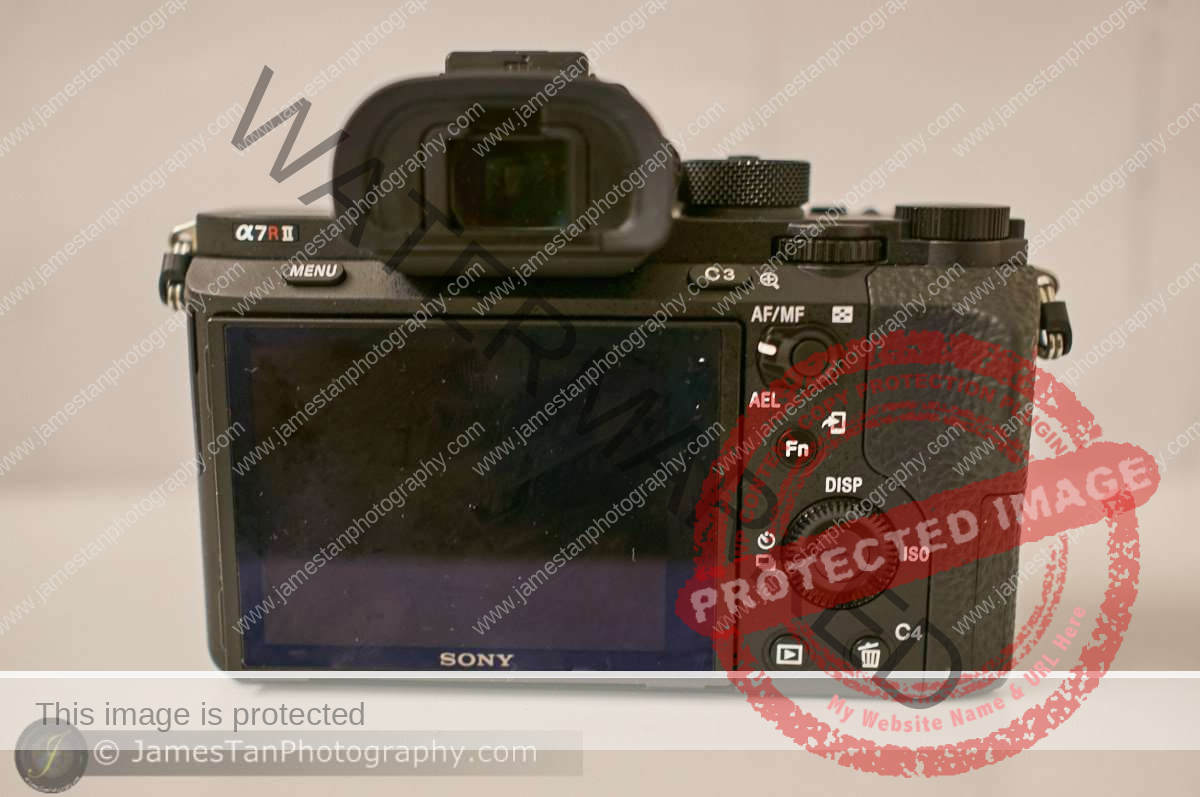
The back of the camera contains the rest of the buttons. The left and right of the EVF are the menu button and the C3 button, respectively. There is a switch to change between the AF/MF and AEL, followed by an Fn button to quickly access a set of customizable functions. The control wheel and its center button are customizable for a limited set of functions. The trash button is also customizable as the C4 button.
The Ports
The micro HDMI port, micro USB port, and minijack ports are all located at the top-left side of the body.
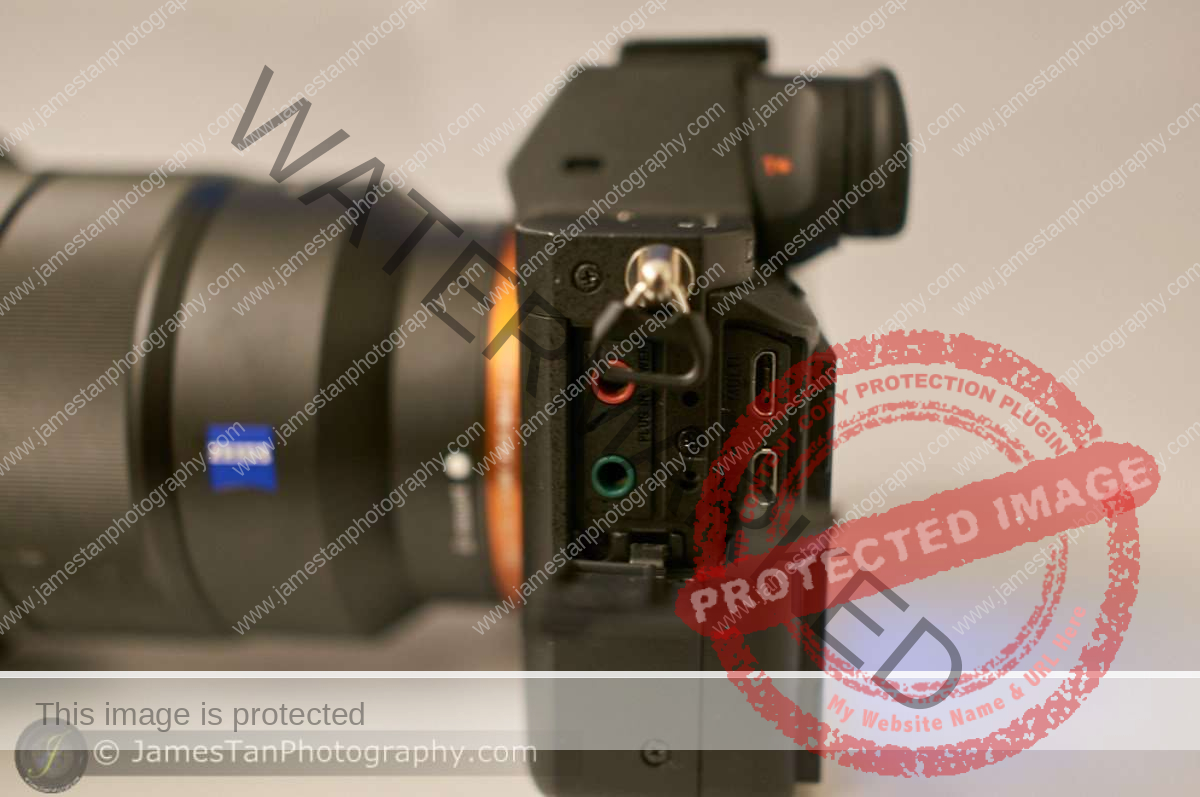
The battery slot remains at the bottom of the body.
The memory card slot is located at the bottom-right side of the body. The movie recording button is located at the right-hand side of the body to prevent accidental touch. It causes minor inconvenience if you do the movie recording frequently.

LCD Screen
You can tilt the LCD screen upward about 107 degrees and downward about 41 degrees.

You can pull out the screen a bit to avoid the EVF’s eye cup blockage.
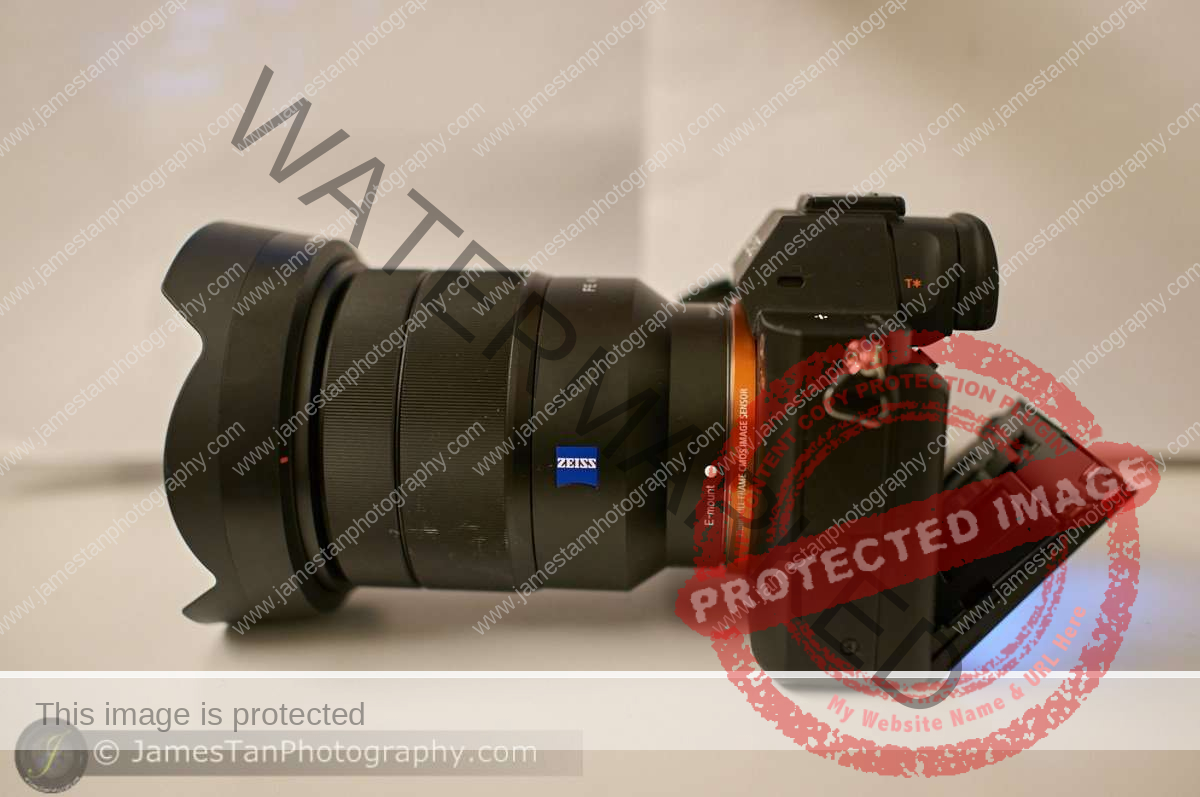
I wish that it comes with a fully articulated touch screen for more flexibility. Nevertheless, the tiltable LCD screen is still convenient for most daily scenes.
Features
Speedy AF System
Sony A7R II features 399 phase-detection AF points covering 45% of the image area and 25 contrast-detection AF points.
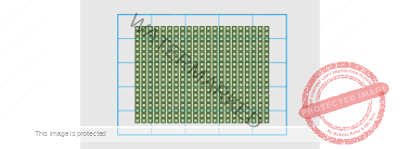
Thanks to the new BSI sensor, the Sony A7R II is capable of shooting continuously at 5 fps, and the camera buffer will hold 23 frames (RAW) or 9 frames (uncompressed RAW) before slowing down.
The focus sensitivity range from -EV 2 to EV 20 at ISO 100 equivalent with F2.0 lens attached. There will be an autofocus lock-on notification sound in AF-A and AF-S mode. The AF-A is a new focusing mode that will automatically switch itself between AF-S and AF-C according to the subject status (still/moving).
I included two sets of continuous shots below with original scaled shots followed by 100% cropped shots.
Test Set 1
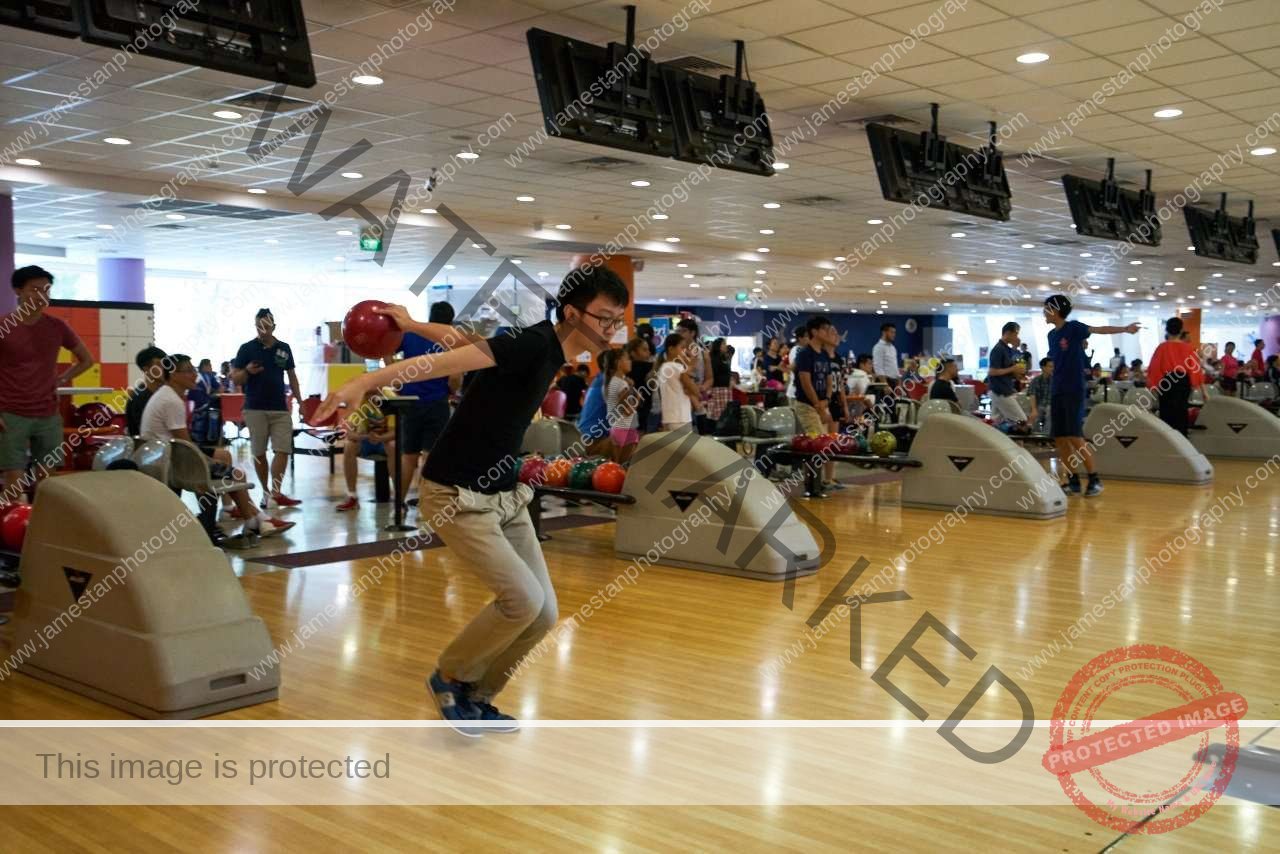
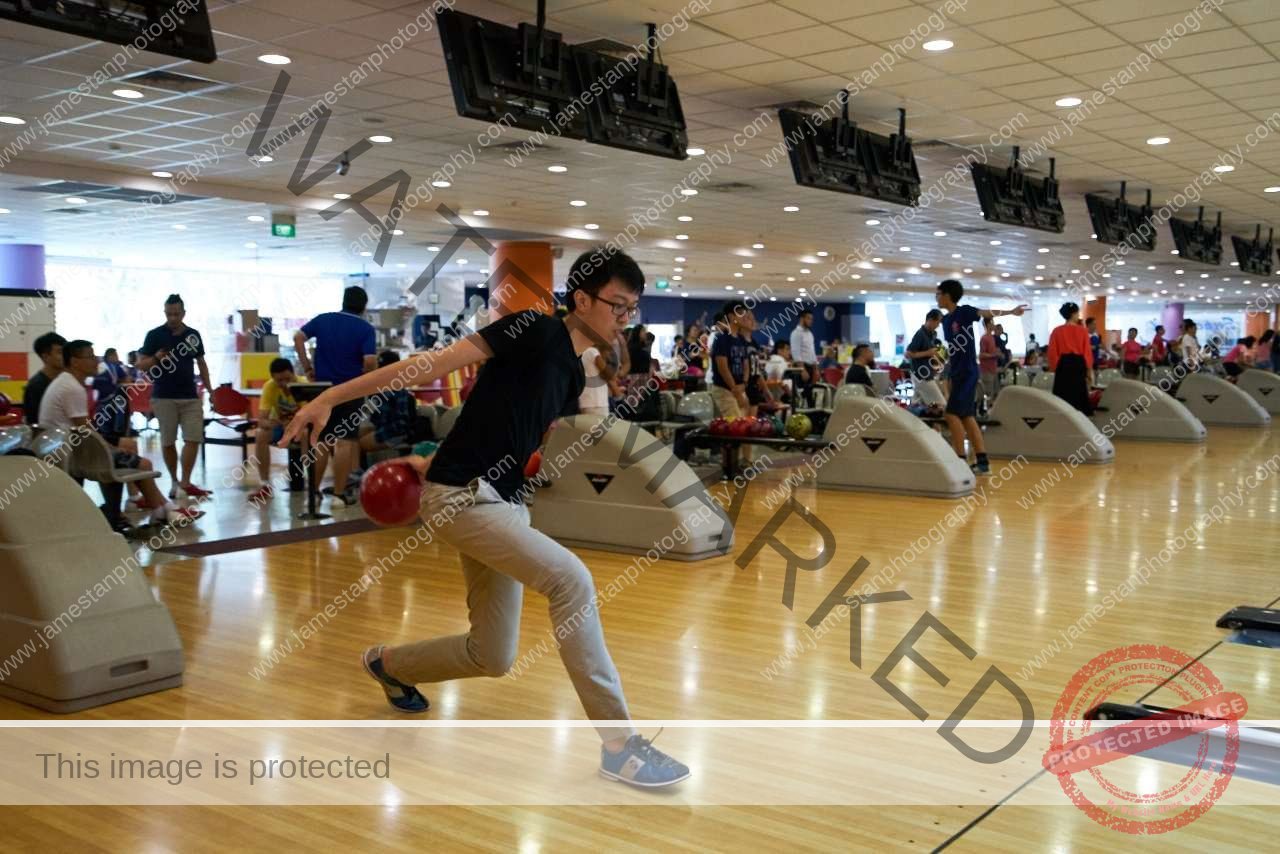
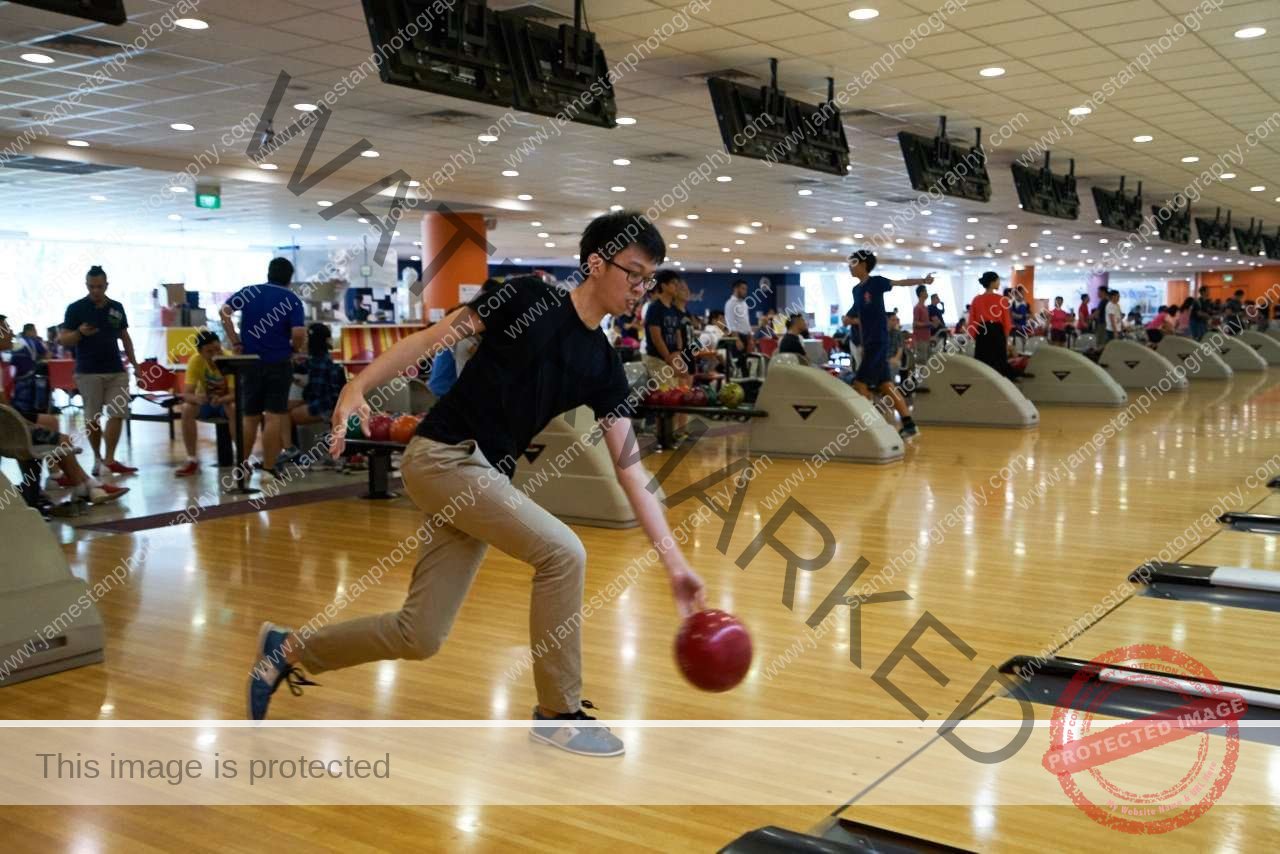

Test Set 1 (100% Cropped at 1200px Long Edge)
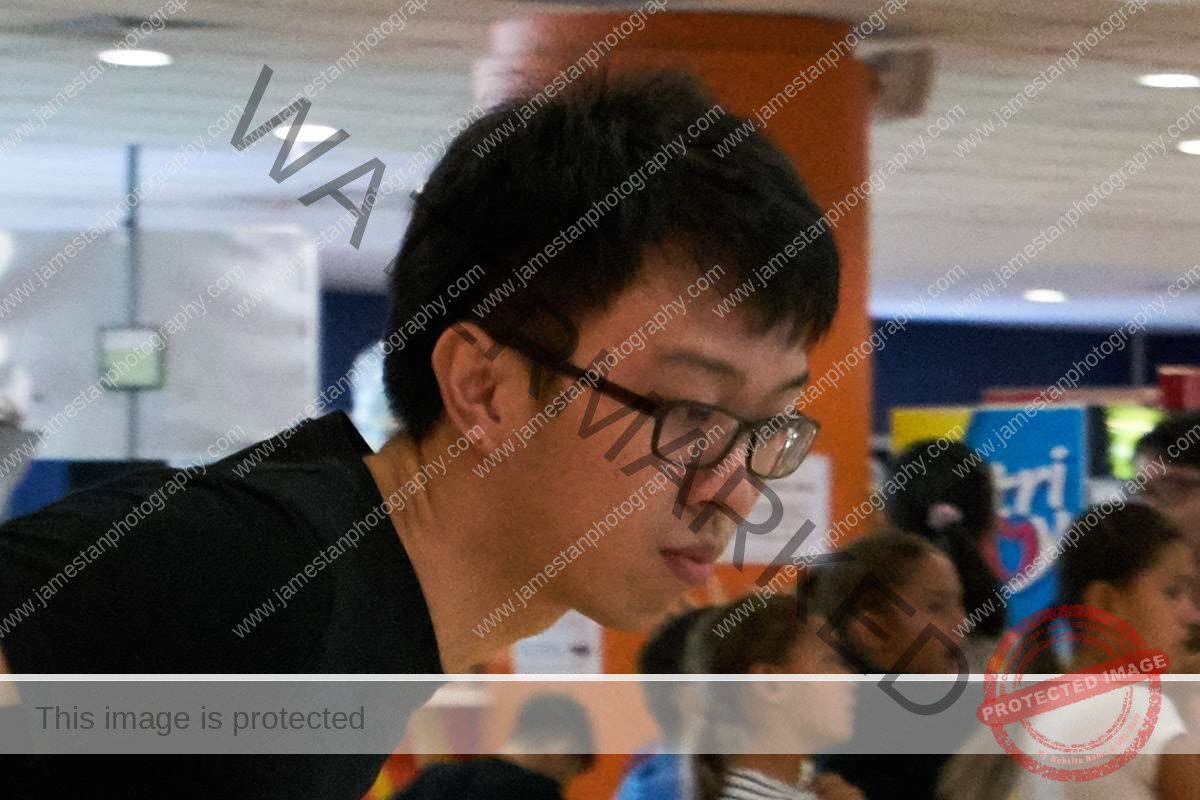
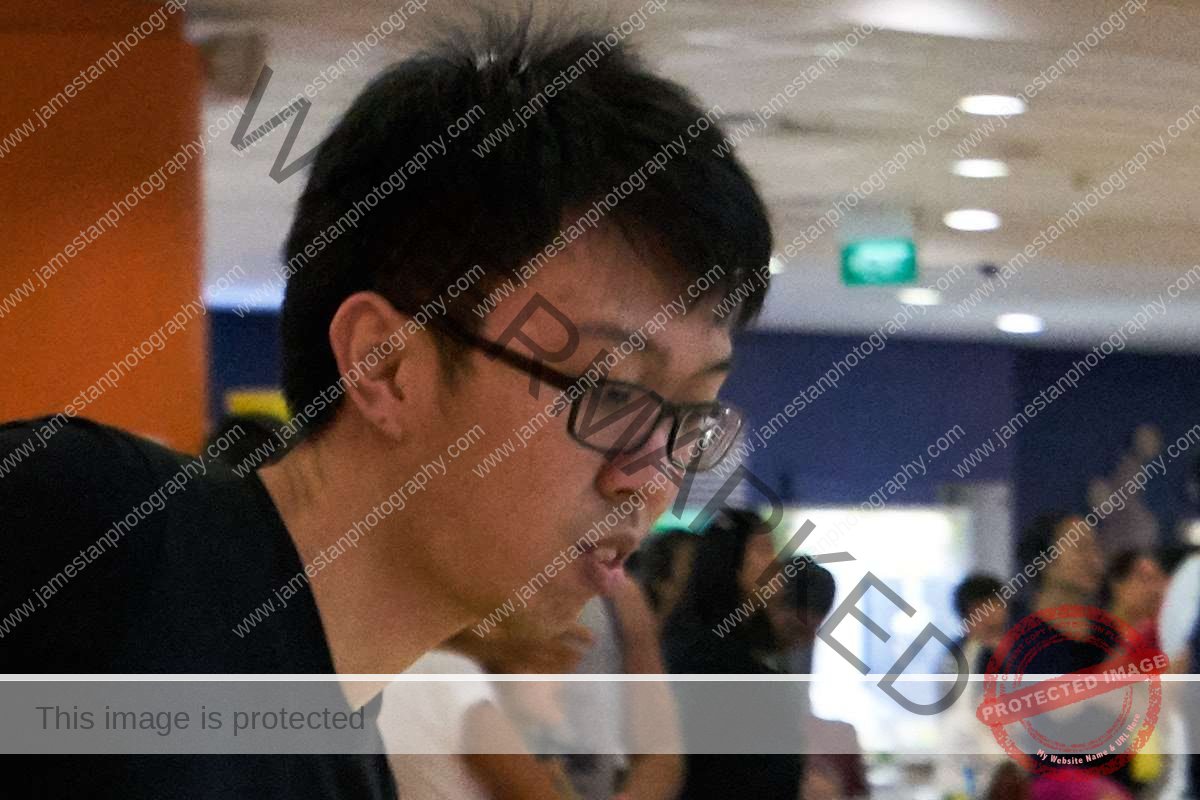


The test set 1 focused on the face, and the Sony A7R II tracks the face accurately.
Test Set 2


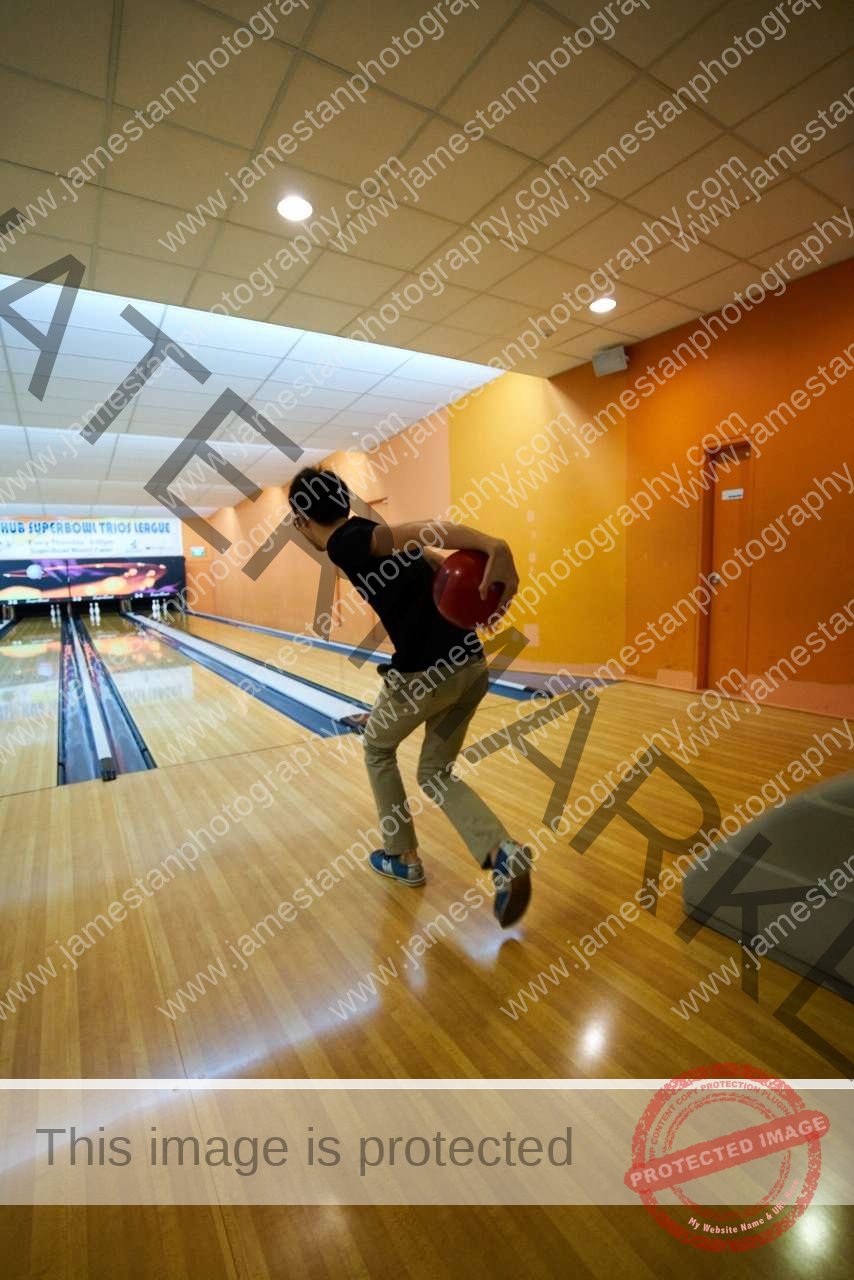
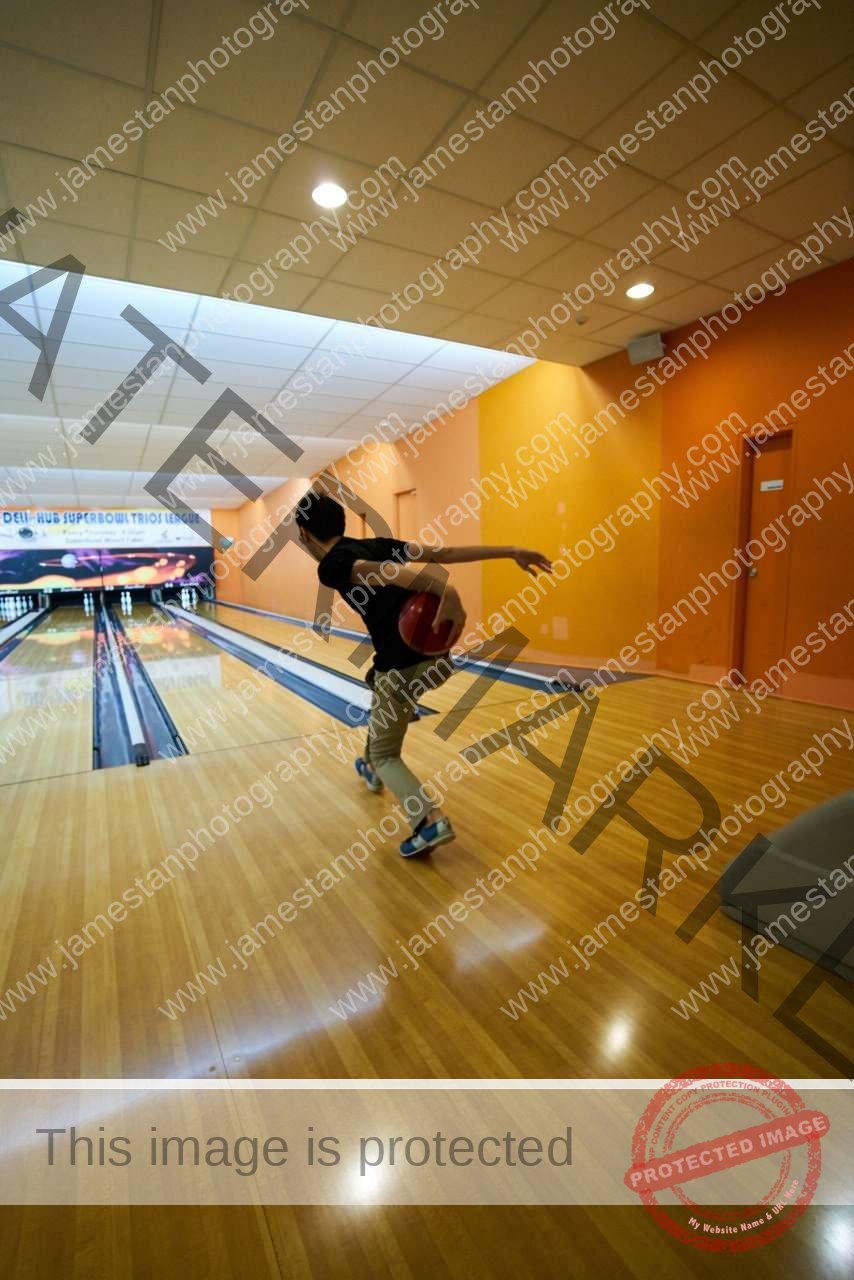
Test Set 2 (100% Cropped at 1200px Long Edge)
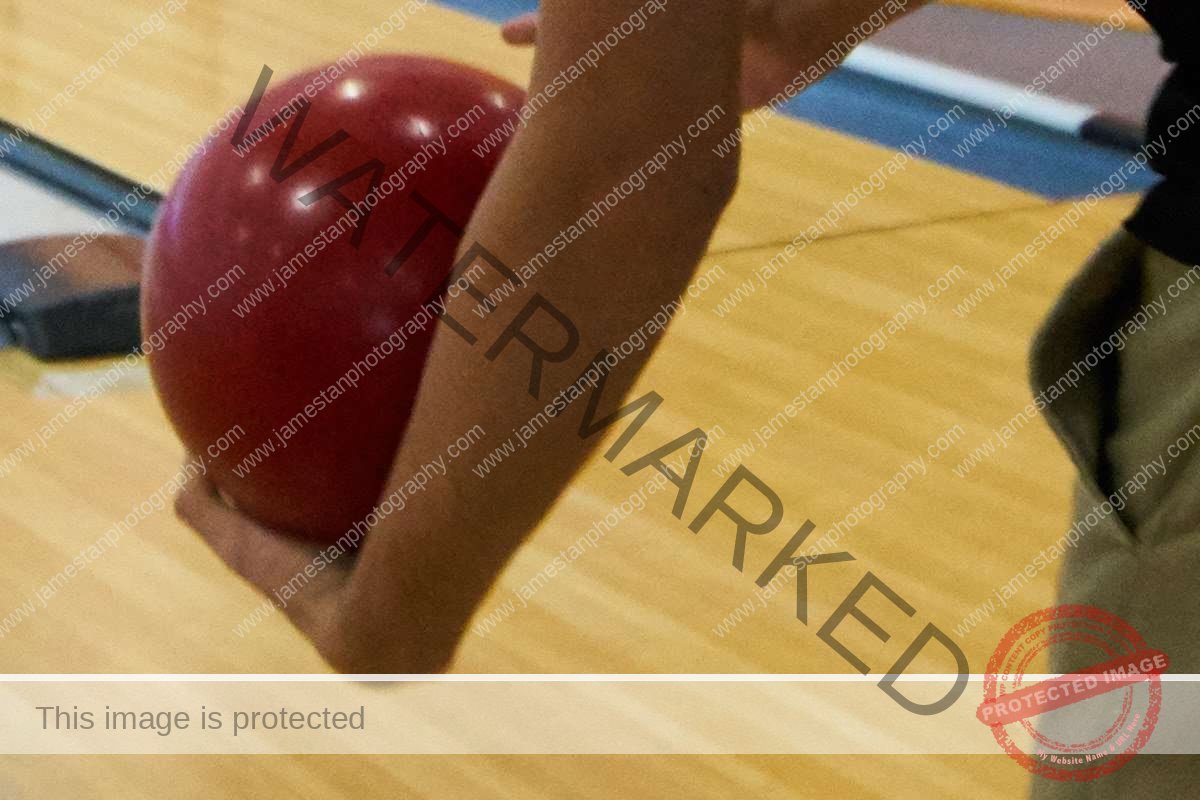


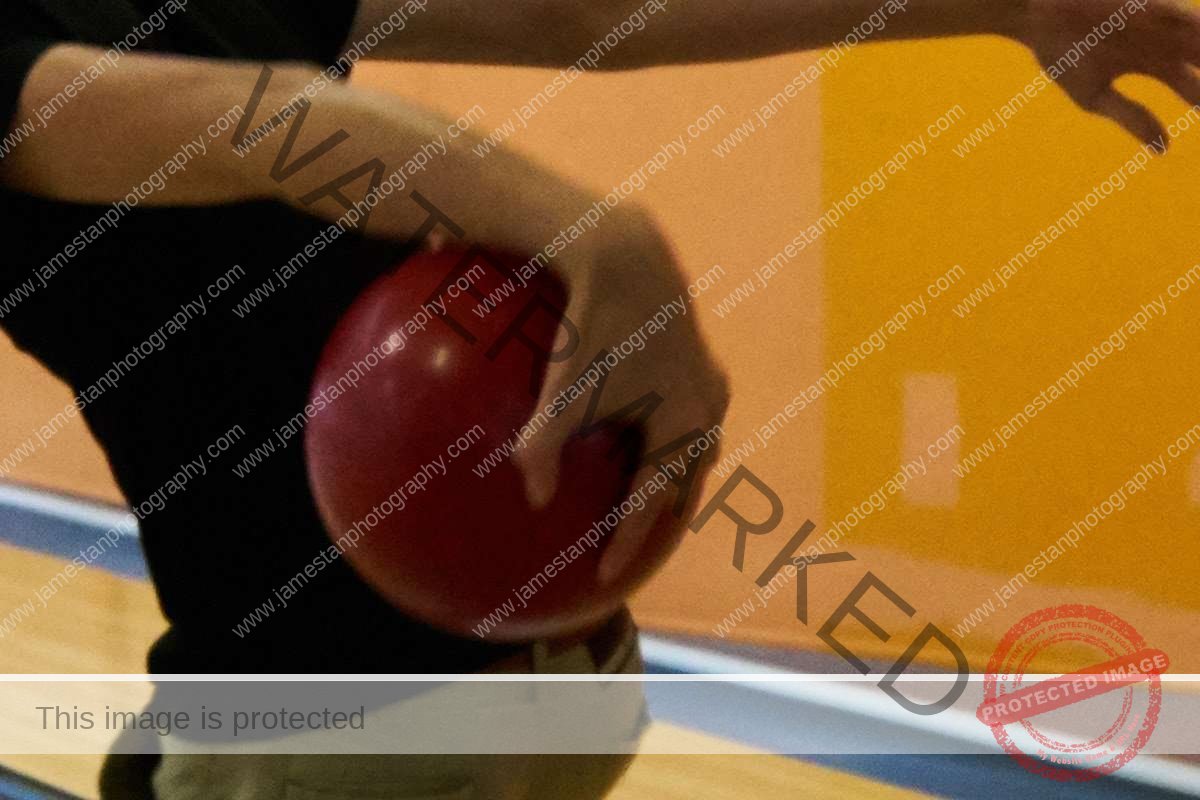
The test set 2 focused on the bowling ball, tracking the bowling ball accurately.
The initial lock-on on Sony A7R II is not always accurate. It might lock on to other subjects, but it will track the wrong subject instead. The initial AF accuracy dropped and even hunting when the light condition becomes dimmer (like indoor Karaoke room). However, the lock-on speed is pretty fast, and the tracking accuracy in AF-C is very high once it locks on the subject.
The Sony A7R II’s focus-peaking function does some pretty job to assist the manual focusing. You may set the focus-peaking color into red, white, or yellow, and the color dots will surround the area that is being focused.
Silent Shooting
Sony A7R II allows you to shoot completely silent as the A7S does. The continuous shooting mode will be disabled when the silent shooting mode is turned on. You can only activate the silent mode in the single shooting and other bracketing modes.
The silent shooting setting is available in the menu second tab on page 5 -> Silent Shooting. You can also assign this function to one of the custom buttons to switch between silent shooting and continuous shooting more easily.

Reduced-vibration Shutter
The shutter on the original Sony A7 series is loud and even “shake” your hand. The old shutter always shakes the camera and result in blurriness in the image. For example, when you use the camera on a tripod for long exposure, the shutter shaking could blur out the image. The Sony A7R II features a newly designed shutter which significantly reduces the “shaking” feel and noise. You can further reduce the shutter vibration and noise by turning on the e-front-shutter.

Large EVF
The electronic viewfinder (EVF) on the Sony A7R II has the world’s highest magnification at 0.78x. It is coated with Zeiss T* Coating to minimize the surface reflection, and it is a joy to use the EVF on the A7R II.


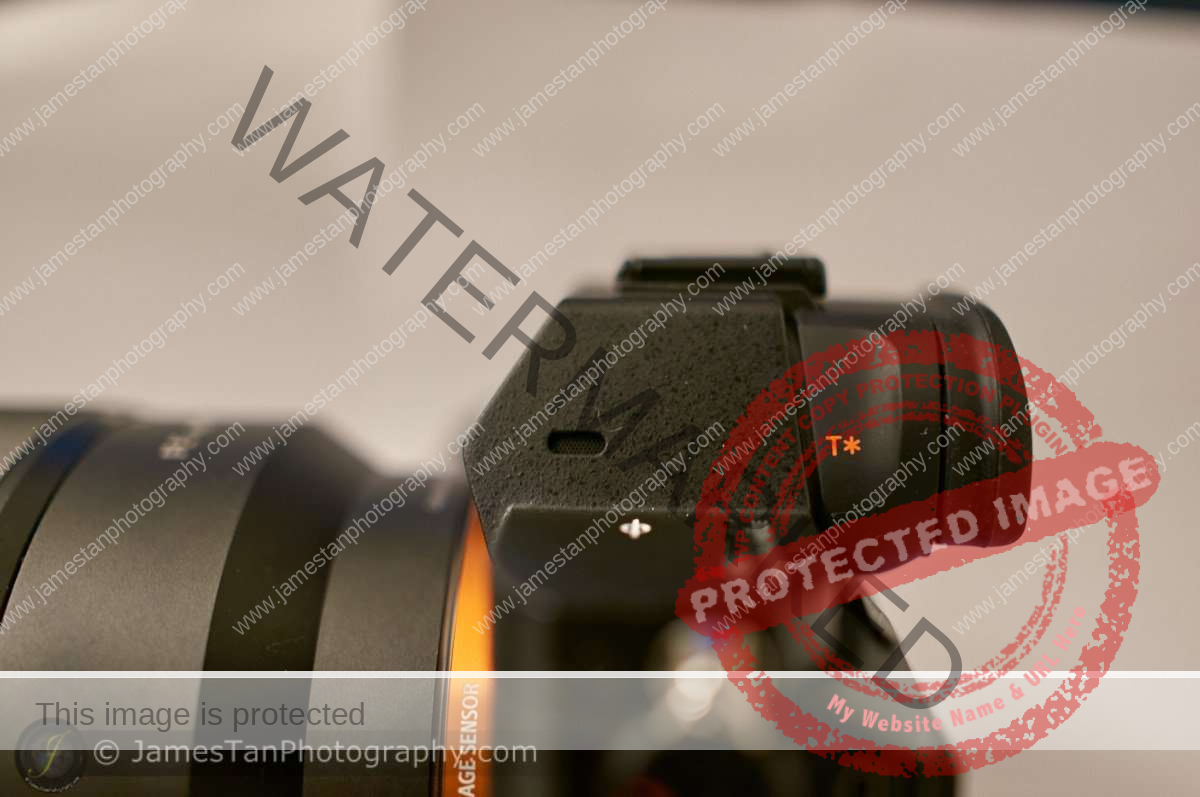
5-Axis In-Camera Image Stabilizer
As expected, the Sony A7R II also features the 5-axis in-camera image stabilizer, as seen on the Sony A7 II. The 5-axis image stabilizer provides up to 4.5 stops efficiency, and it is compatible with all the native E-mount lenses. Besides, it is also compatible with other lenses with an appropriate adapter. However, you must manually set the lens focal length in the Sony A7R II to enjoy the 5-axis image stabilization.
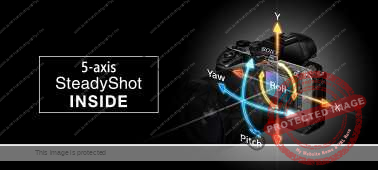
As seen in Sony A7II, you do not have to turn off the 5-axis image stabilizer when using the Sony A7R II on a tripod. Yes, the Sony A7R II’s 5-axis image stabilizer will not cause any blurriness when you use it on a tripod.
The 5-axis image stabilizer did an excellent job. I take the shot below at 35 mm at 1-second handheld. It is almost 5 stops slower than the 1/40 s safe minimum shutter speed.
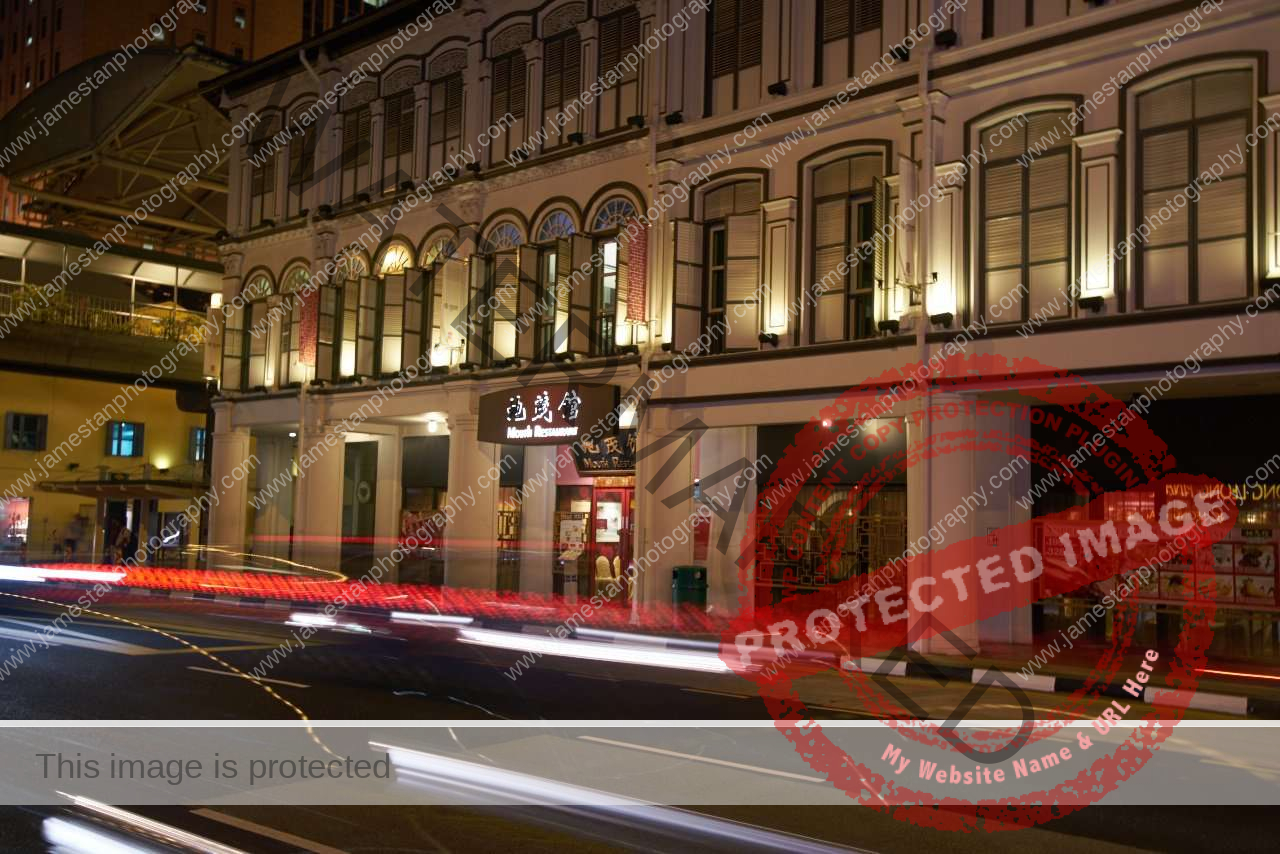

Customizable Controls
You can customize almost every button on the Sony A7RII, but you can only assign specific functions to specific buttons.


Remote Control
You may control your Sony A7R II either by USB wired remote control or by wireless remote control.
Uncompressed 14 bit RAW
Sony had finally supported uncompressed 14-bit RAW capture to ensure the finest and greatest dynamic range. Unfortunately, it hadn’t supported the uncompressed format when I reviewed the unit. Therefore, I can’t compare the new uncompressed format and the original compressed 14-bit format.
Professional Video Recording
The Sony A7R II can do movie recording in 4K XAVC-S format. It uses the advanced S-log2 gamma to capture a wide dynamic range, which provides a more flexible tone adjustment in your video. You need a minimum UHS Speed Class 3 SDXC memory card to do the recording in XAVC-S format at 100 Mbps.

ISO Performance
Sony A7R II’s ISO range from ISO 50 to ISO 102400. Yes, ISO 102400. When packed with 42 MP on the full-frame sensor, it is interesting to know how the Sony A7R II performs in the low-light situation with the new back-illuminated sensor.

I crop the center of the shot above for ISO comparison. We will see how well the Sony A7R II controls the noise level while retaining the details (look at the pattern in the alphabets) in high ISO.
I do not apply any noise reduction to the RAW, while I apply the default noise reduction settings in Capture One Pro 9 to the JPEG. You may click the image below for a 100% cropped view.
RAW (No Noise Reduction)
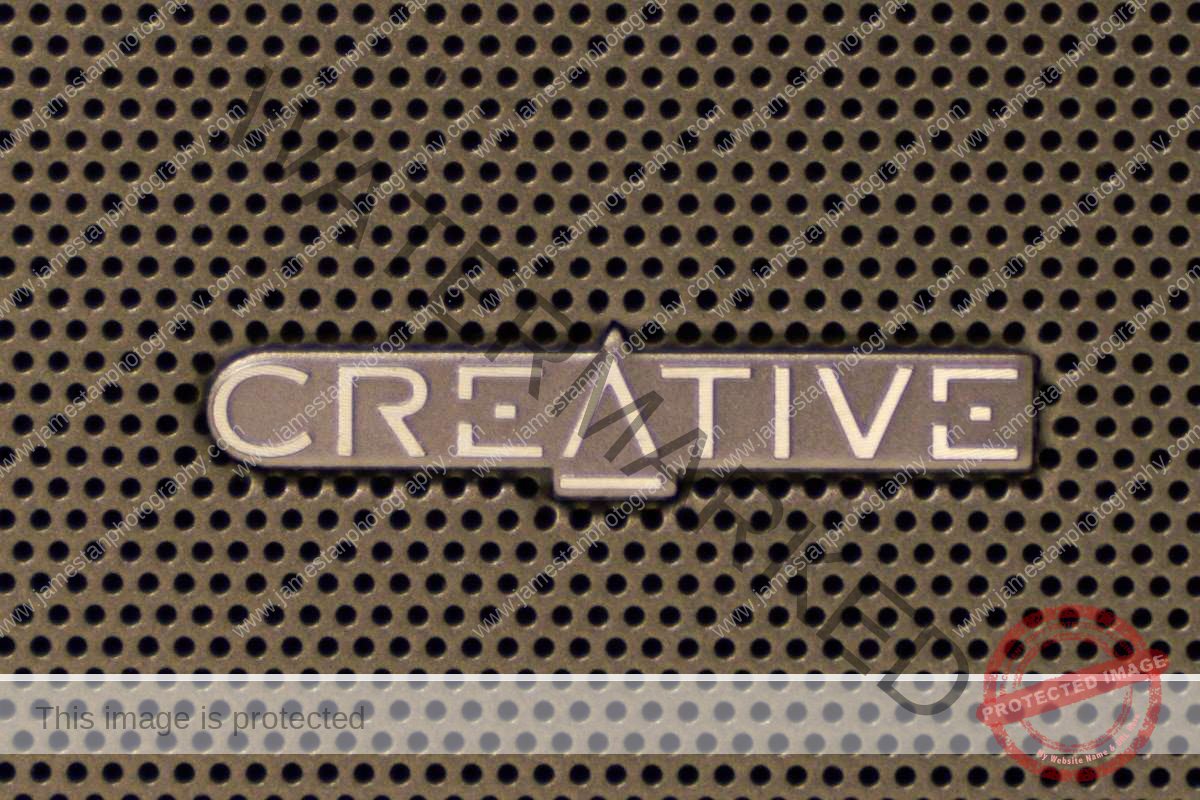
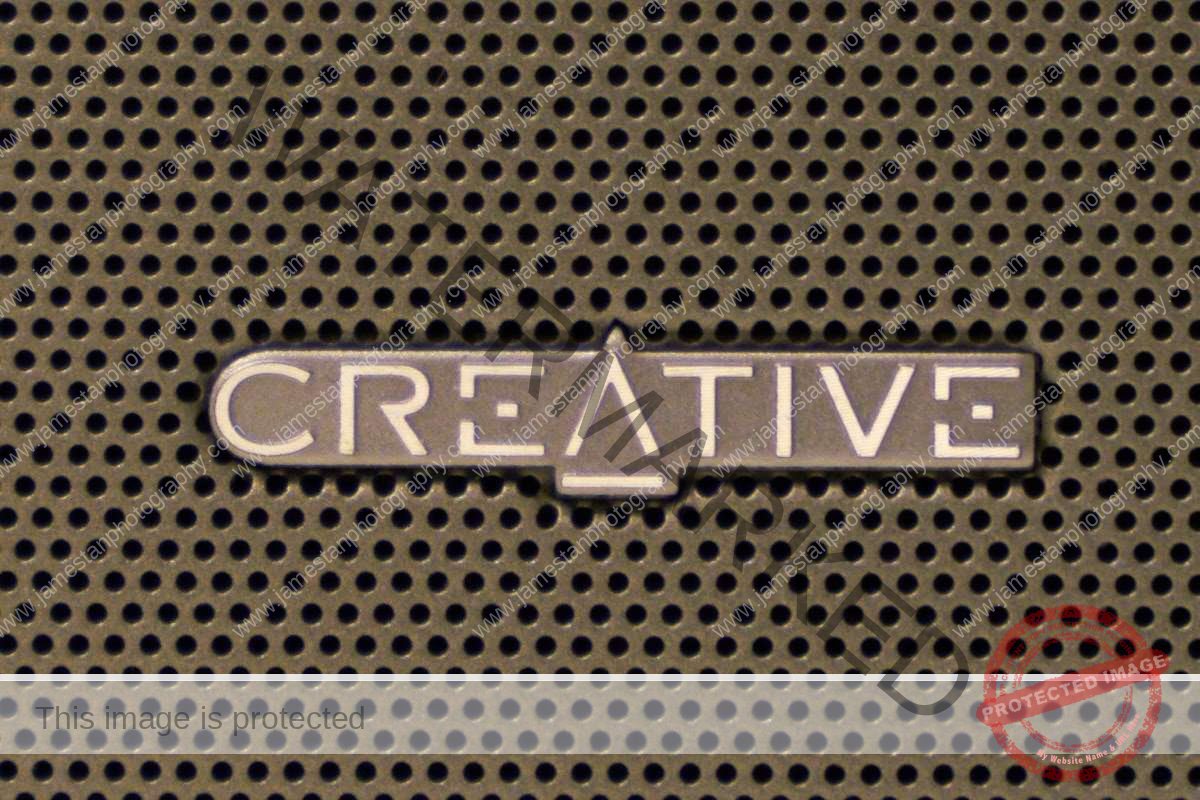
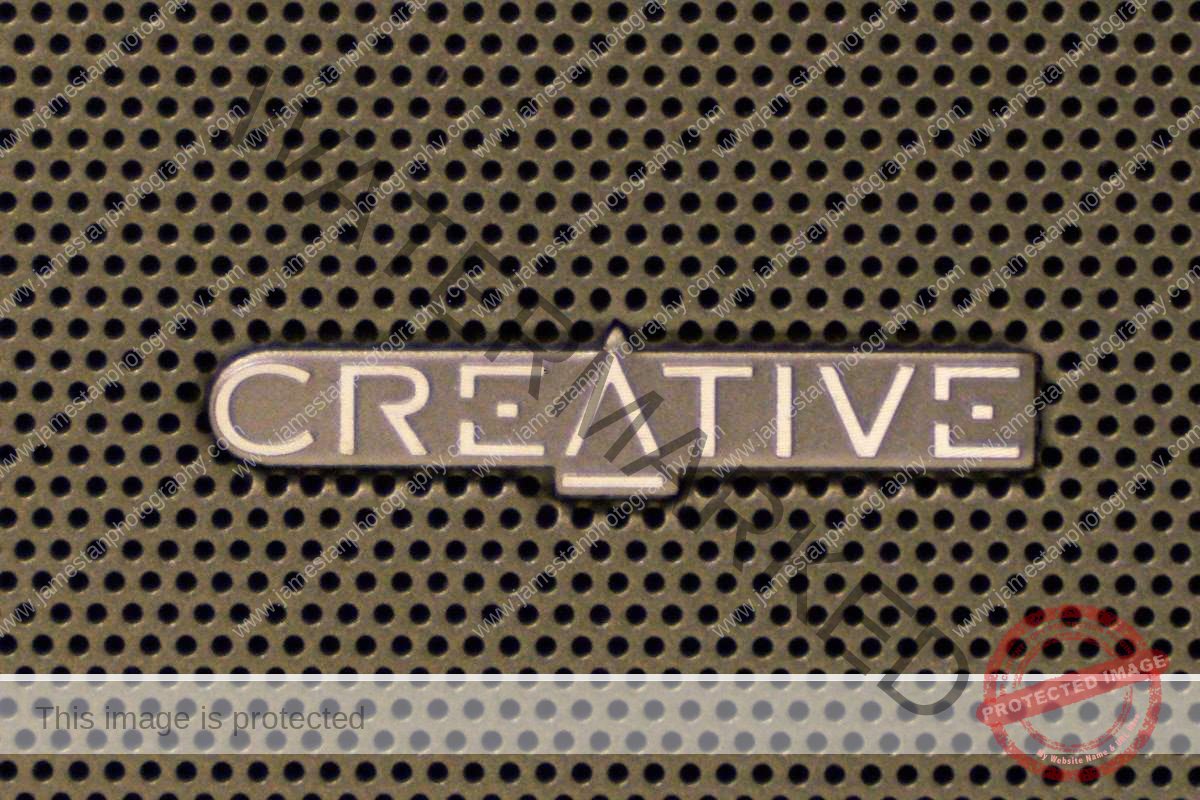

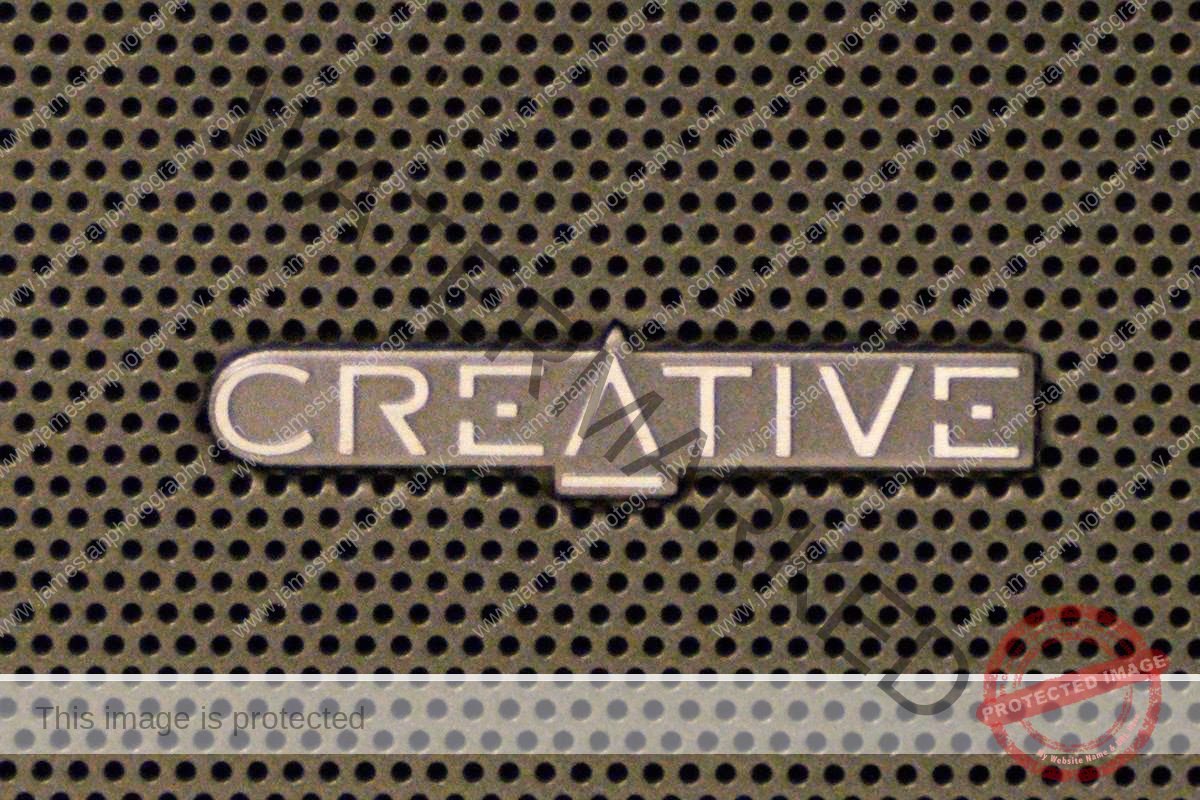
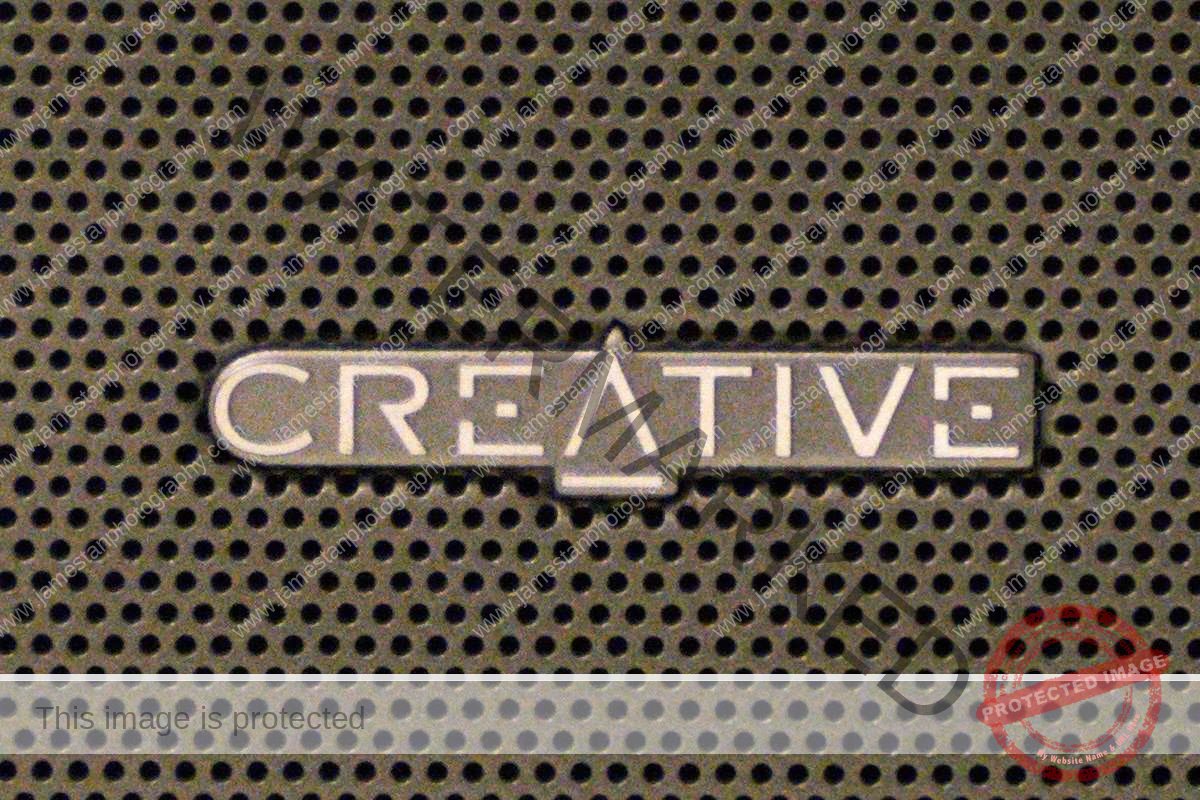

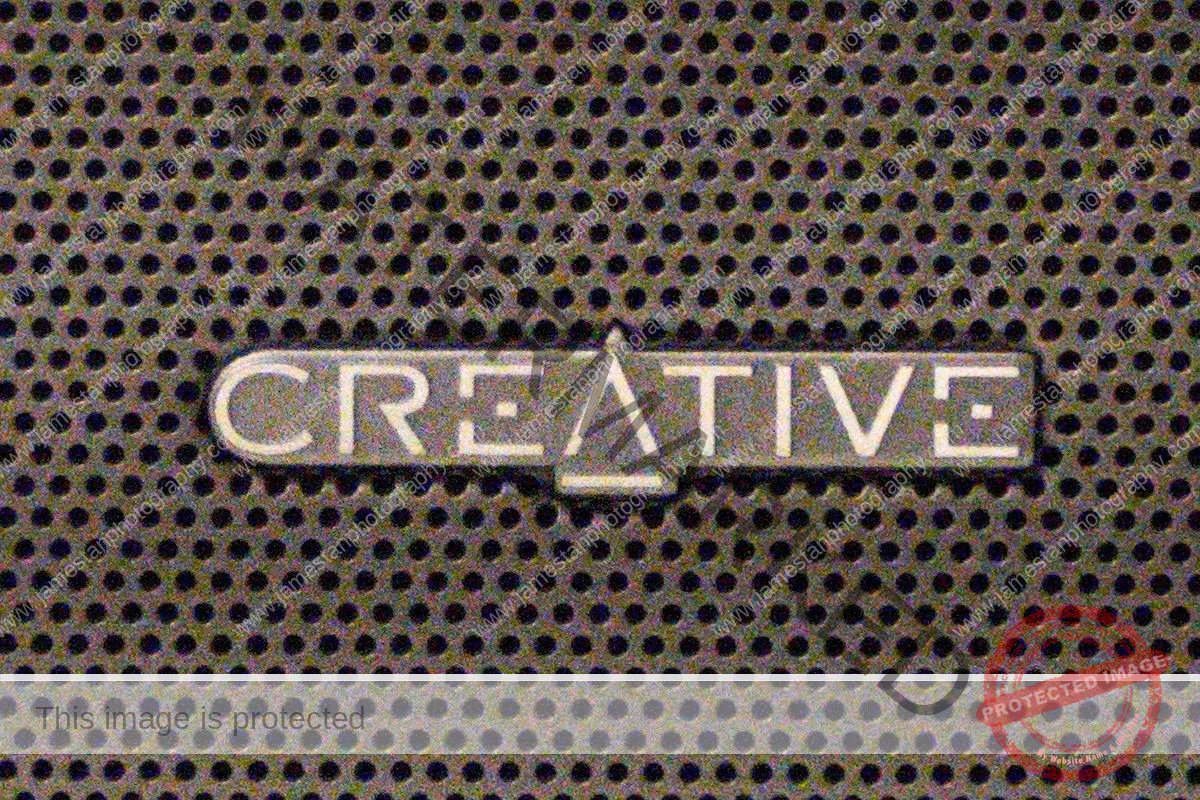


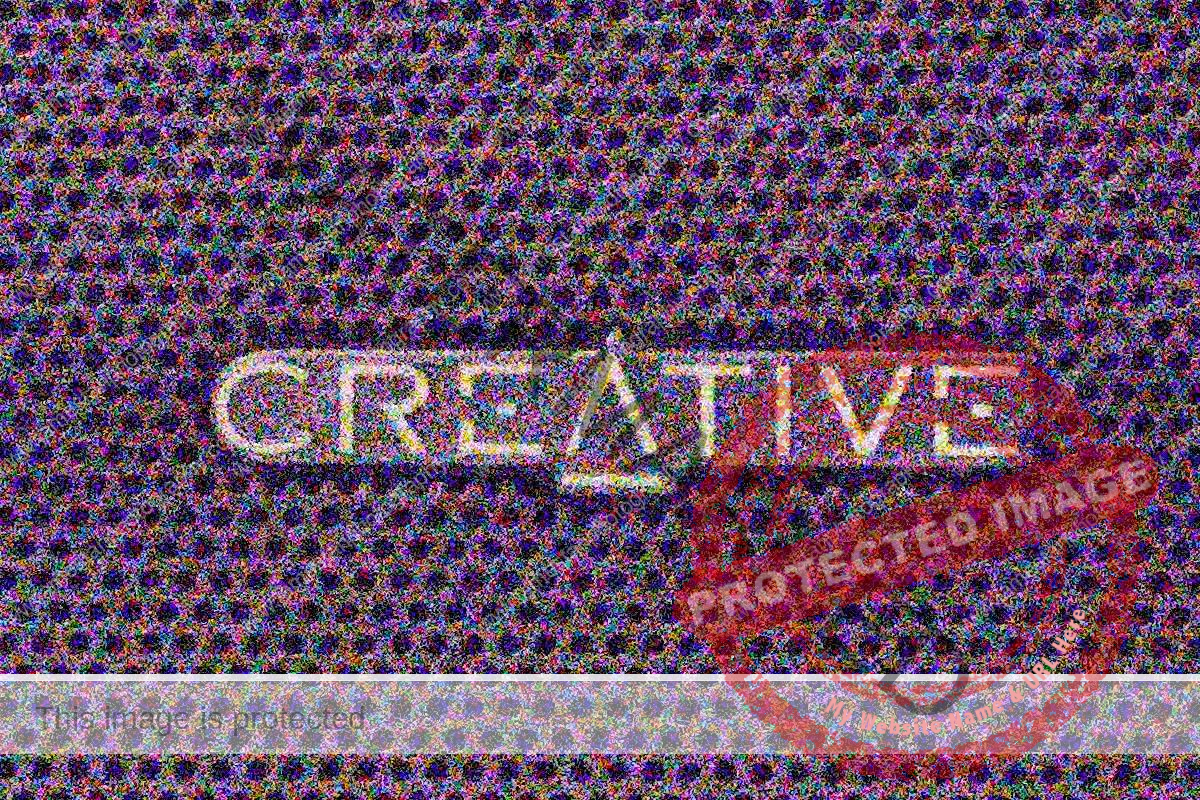
Without any noise reduction, the RAW file is still relatively clean, up to ISO 3200. Some noticeable color noises are appearing at ISO 6400, but the shot is still clean. The color noises at ISO 12800 and ISO 25600 are more significant, but the details are still retained greatly. The color noises after ISO 25600 increase terribly and beyond usable without any noise reduction.
JPEG (Noise Reduction in COP 9)
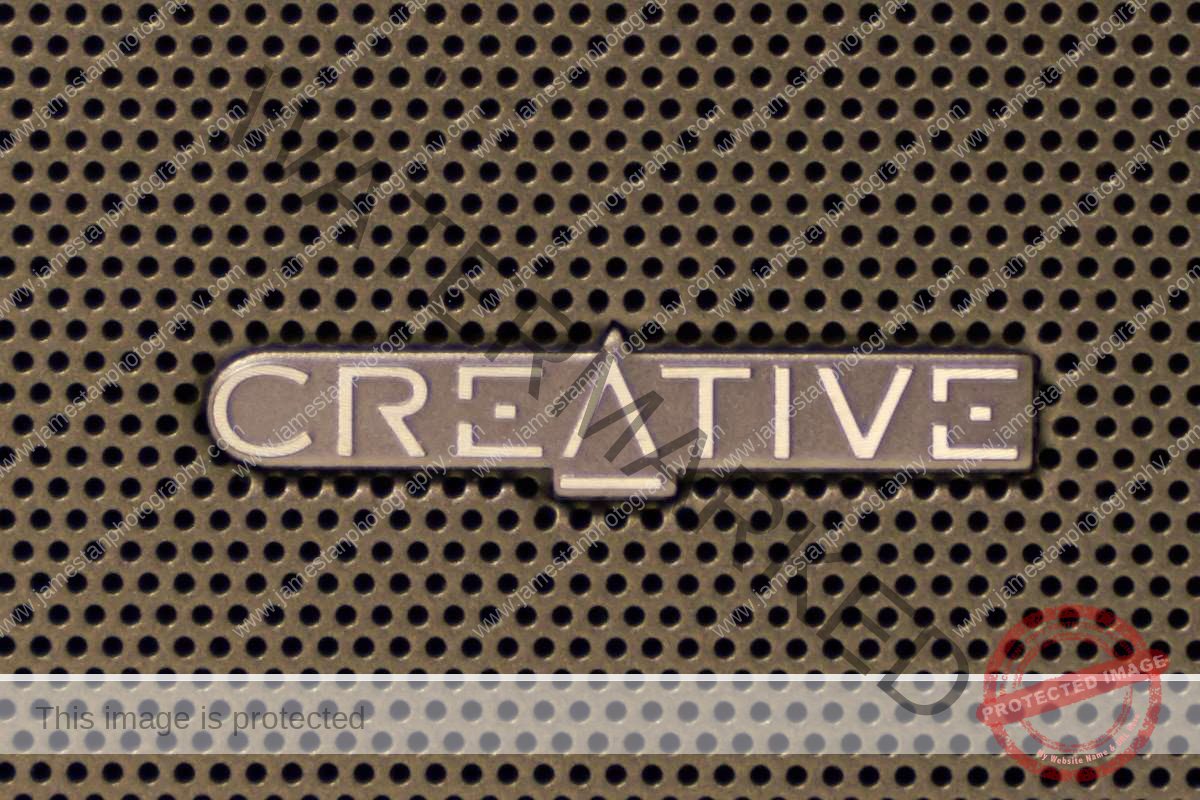
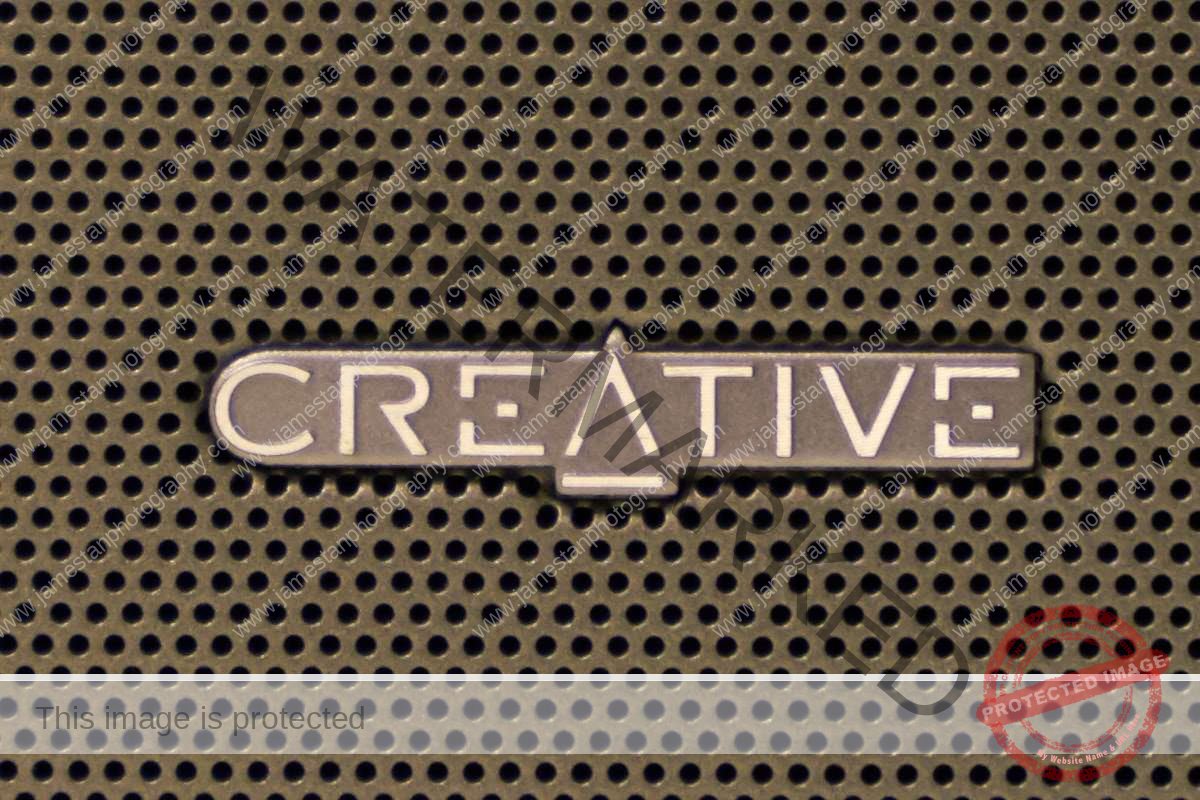
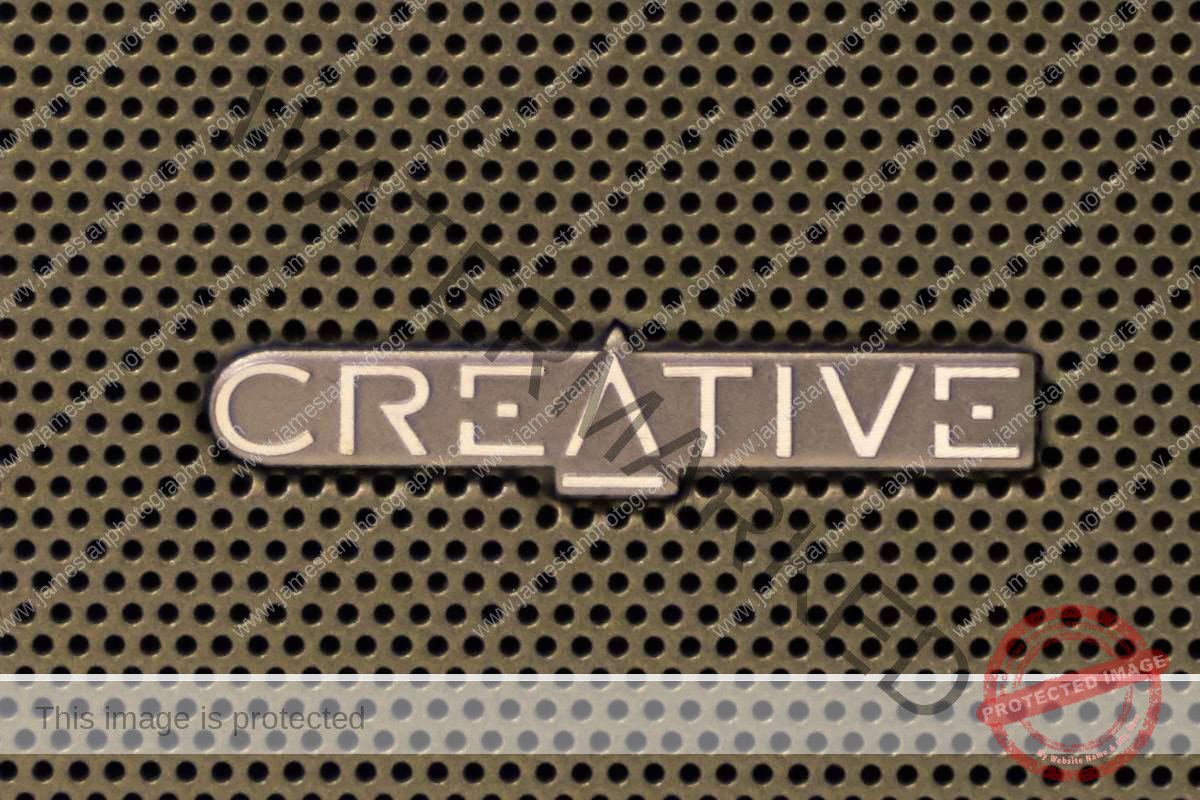
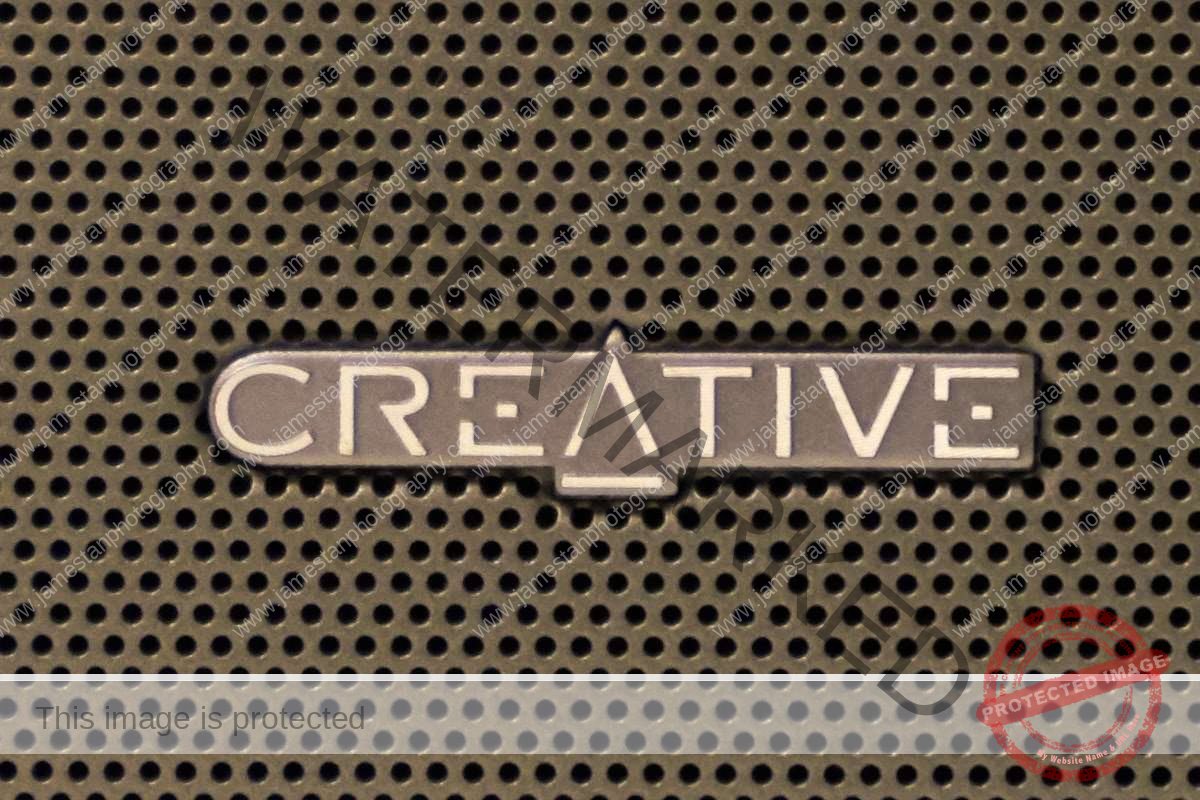
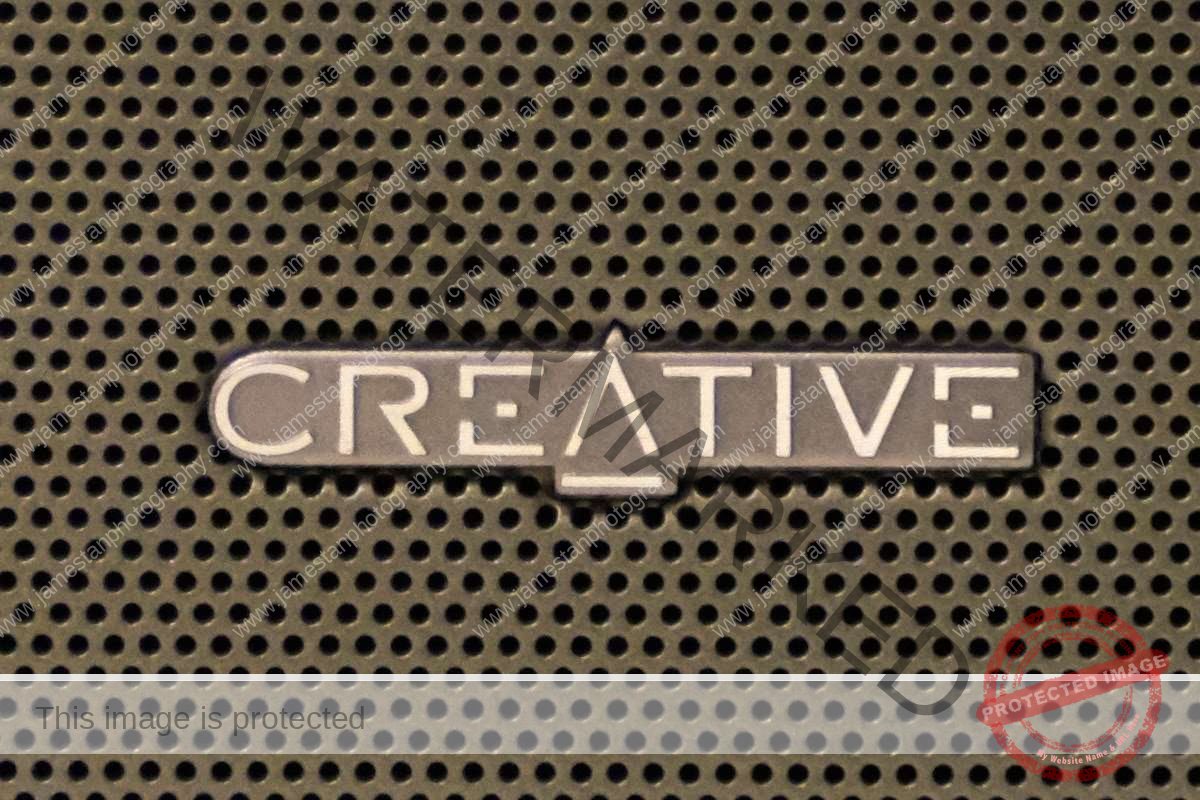
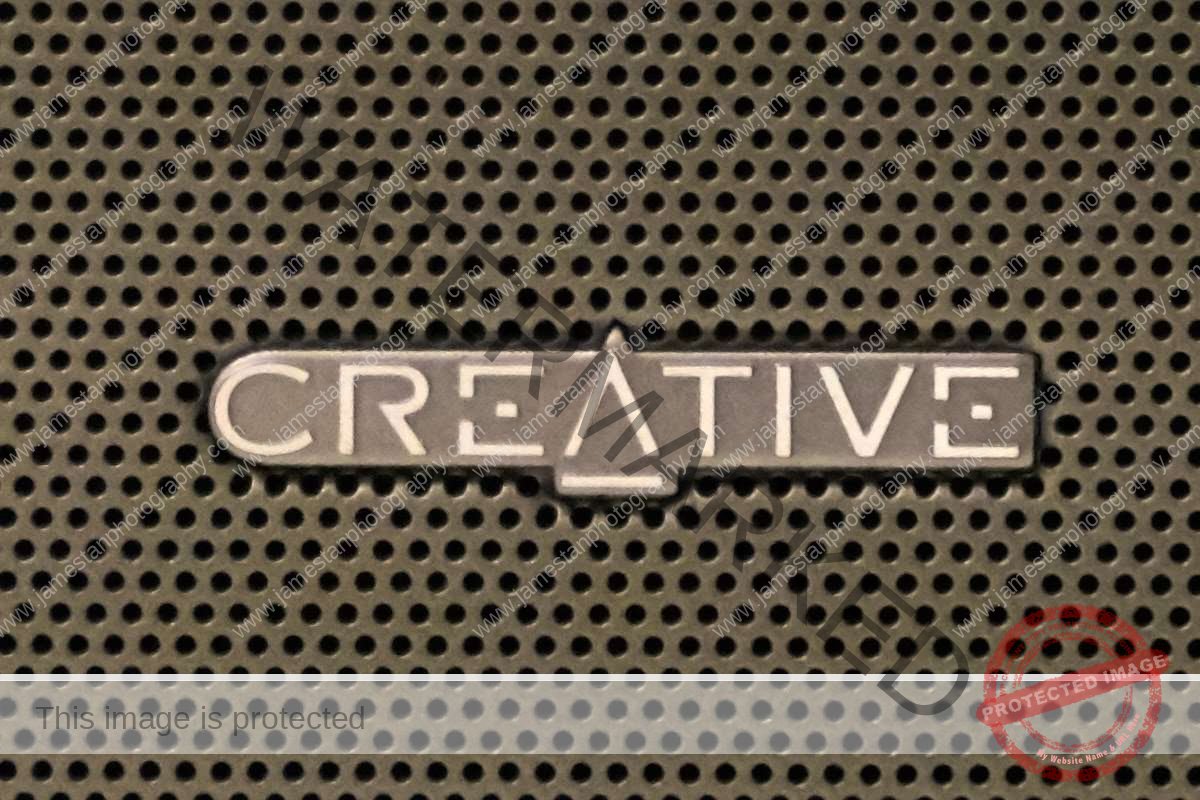
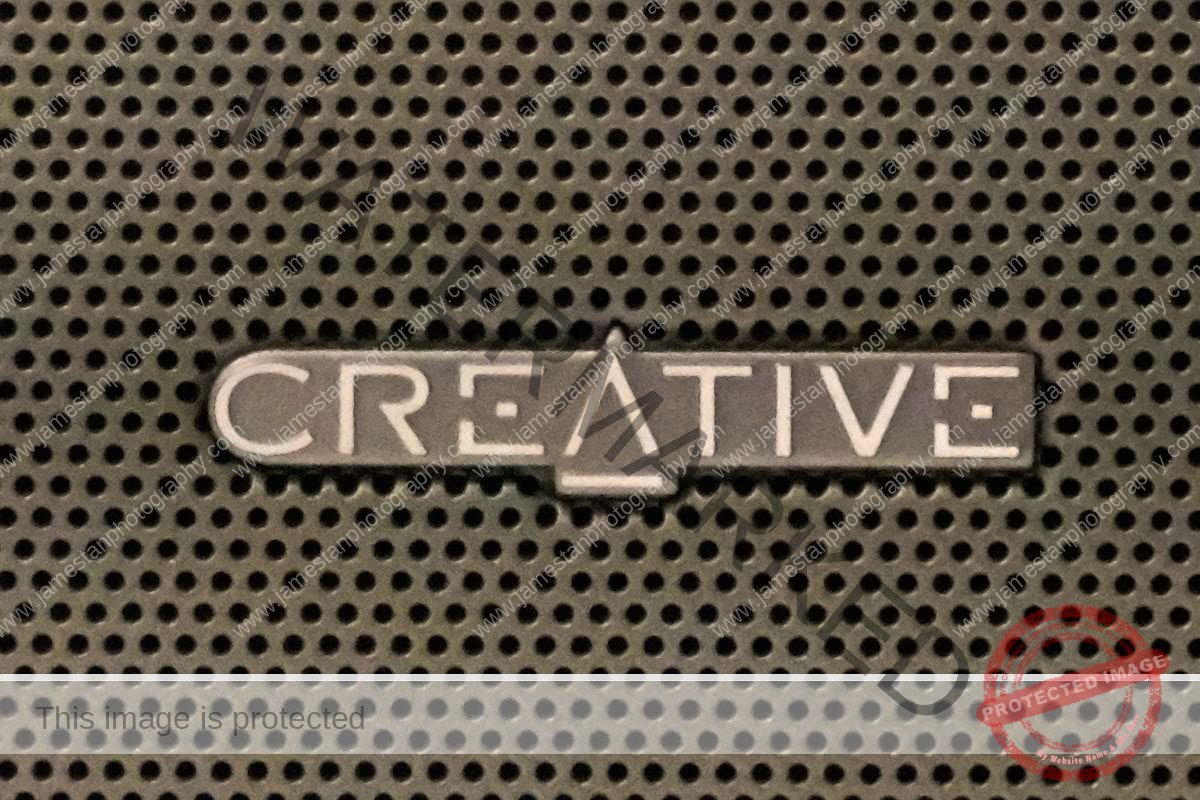
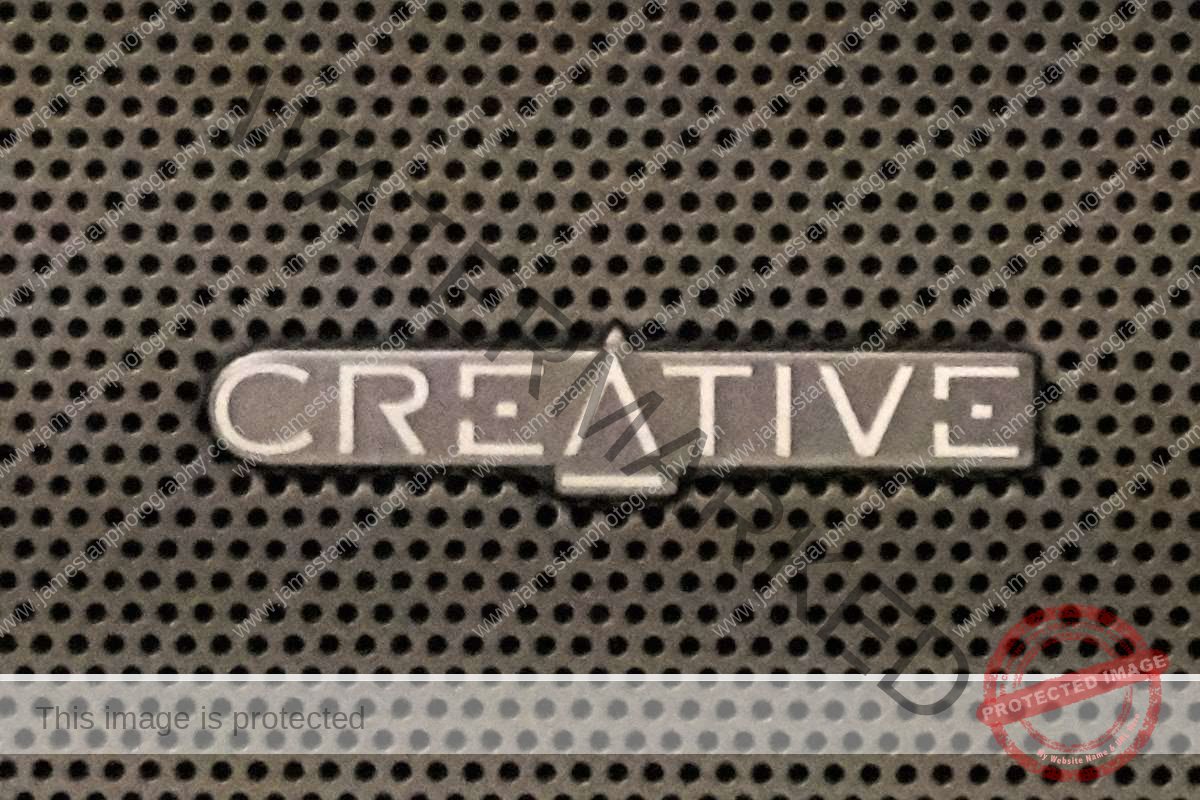
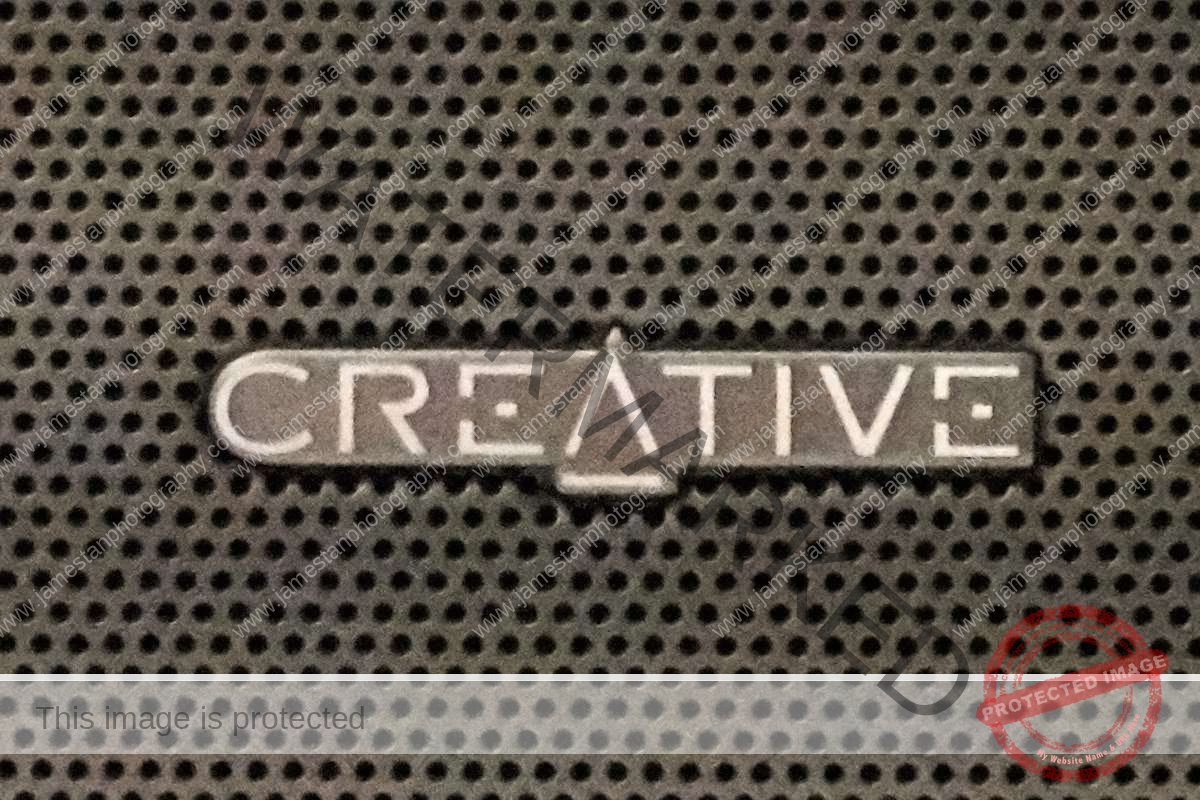
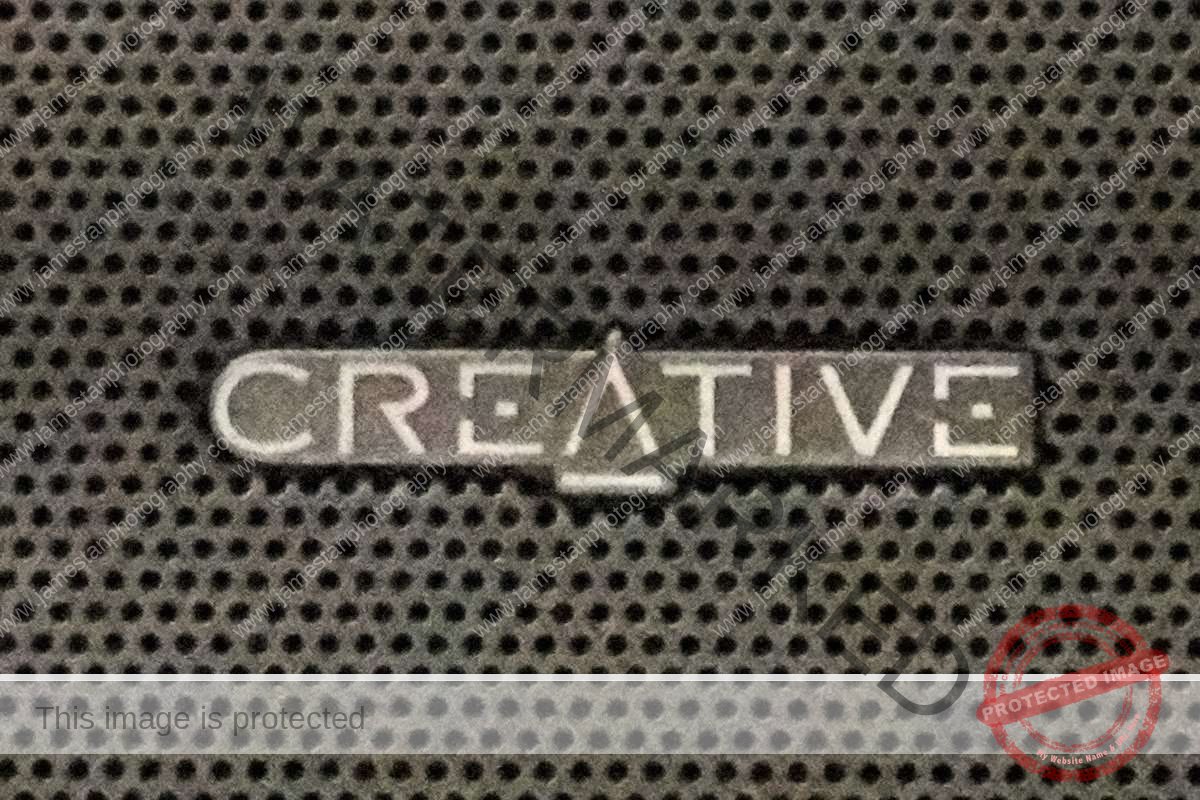
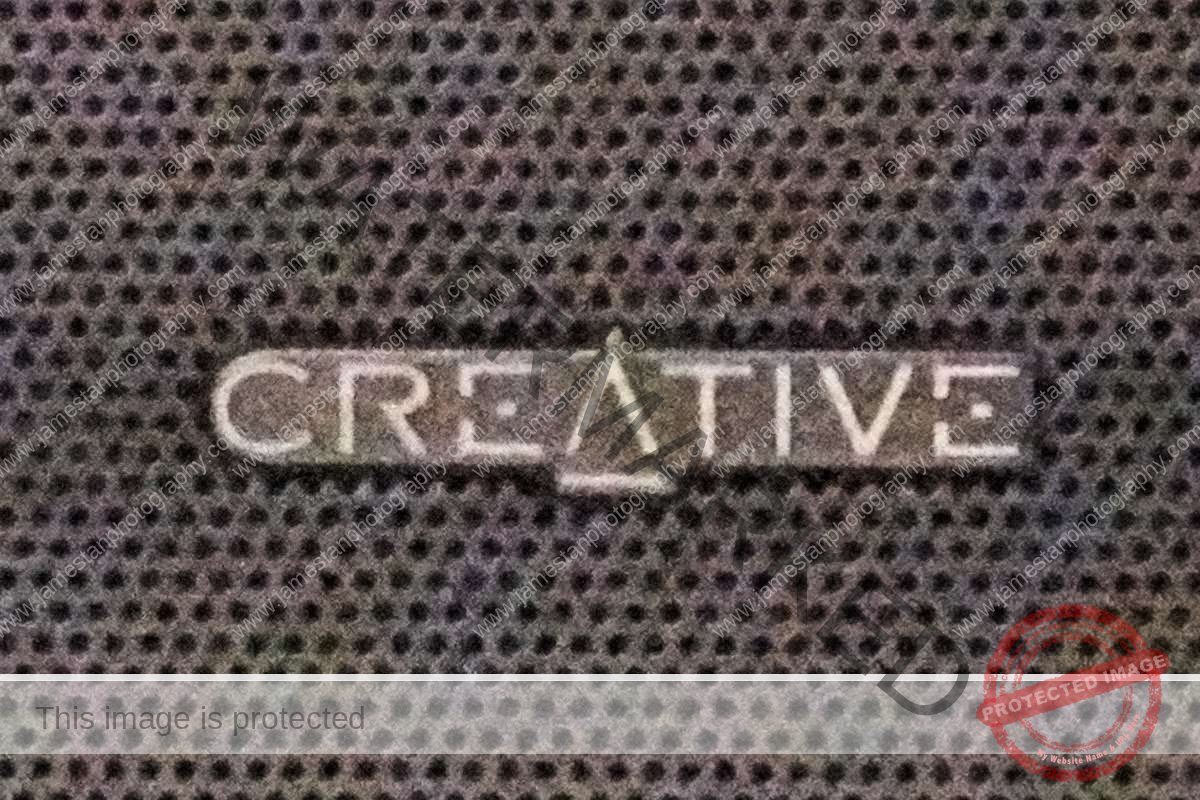
With noise reduction in COP 9, the shots are clean and retain great details until ISO 12800. Details are lost noticeably from ISO 25600 and lost remarkably from ISO 51200 onward.
In-Camera Multi-frame Noise Reduction
There are an “Auto” icon and “Auto ISO” icon in the ISO adjustment options. “Auto” is standard auto ISO, while the “Auto ISO” is multi-frame noise reduction. In multi-frame noise reduction mode, the Sony A7R II captured multiple shots at once and merged all the shots to maximize the details and minimize the noise. The test shots below were shot from ISO 12800 onward.
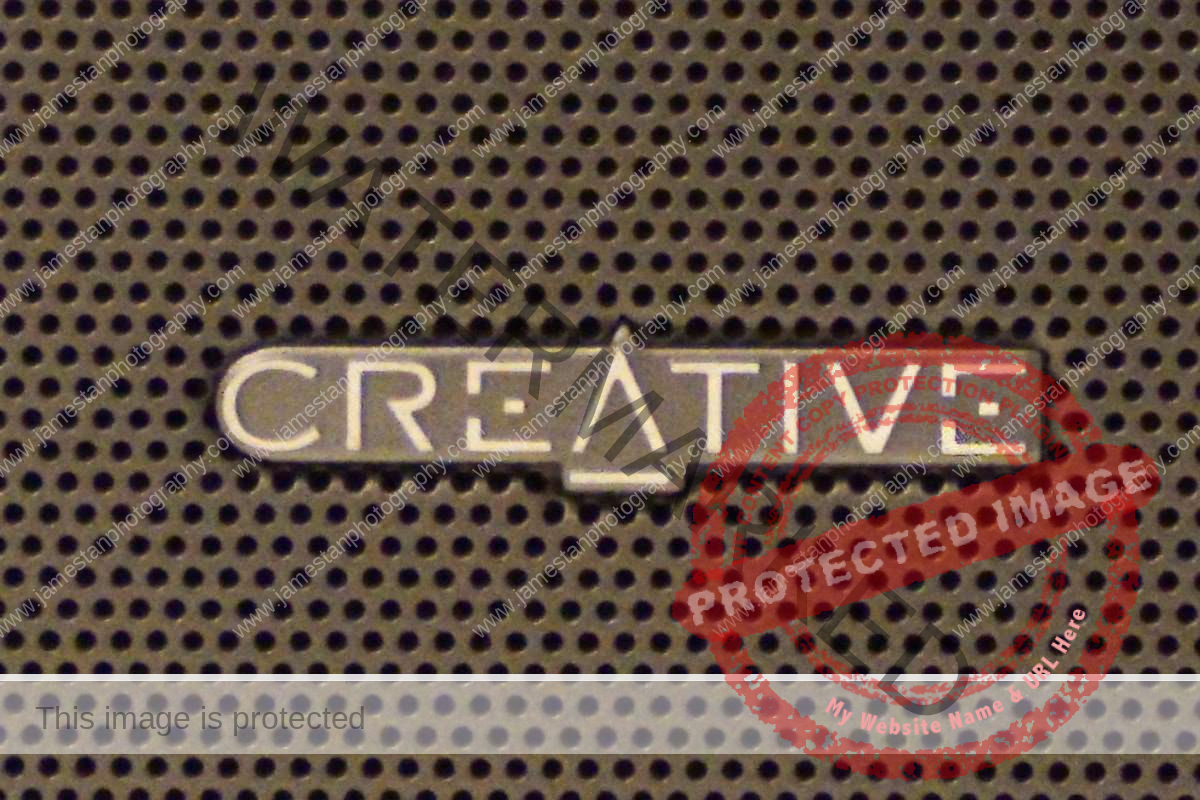
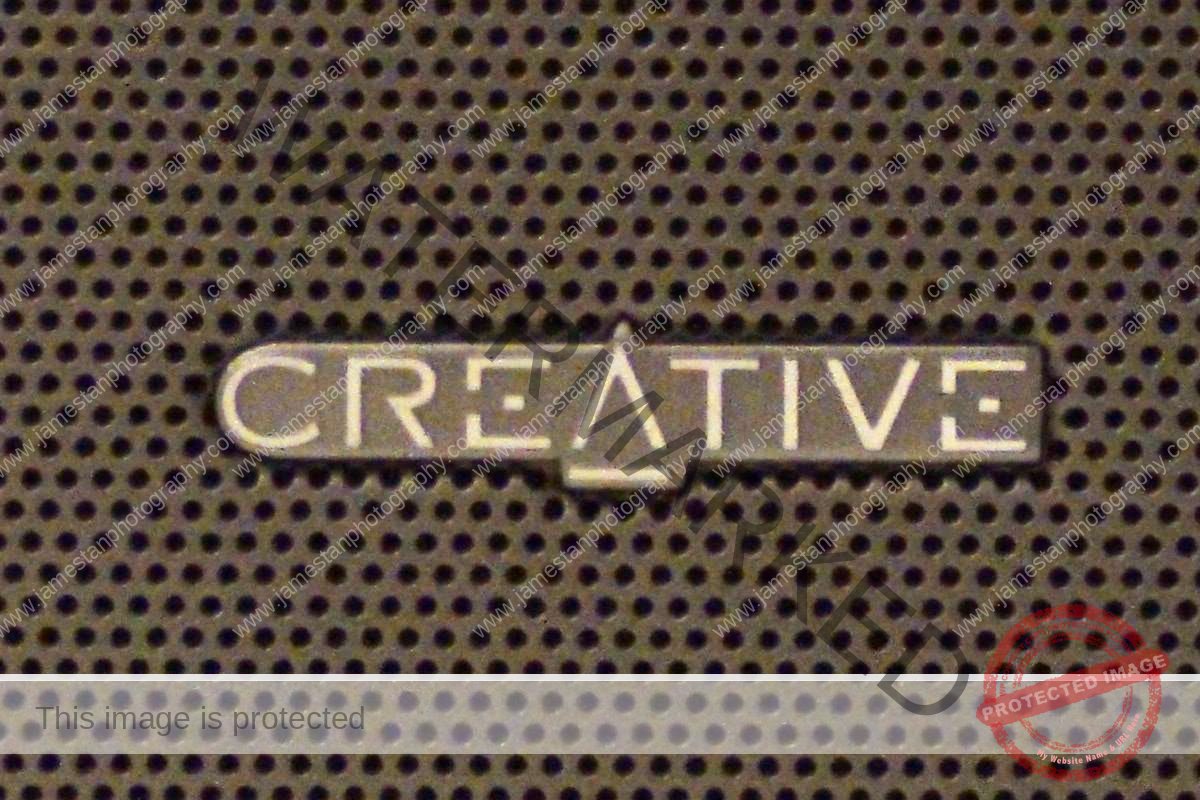
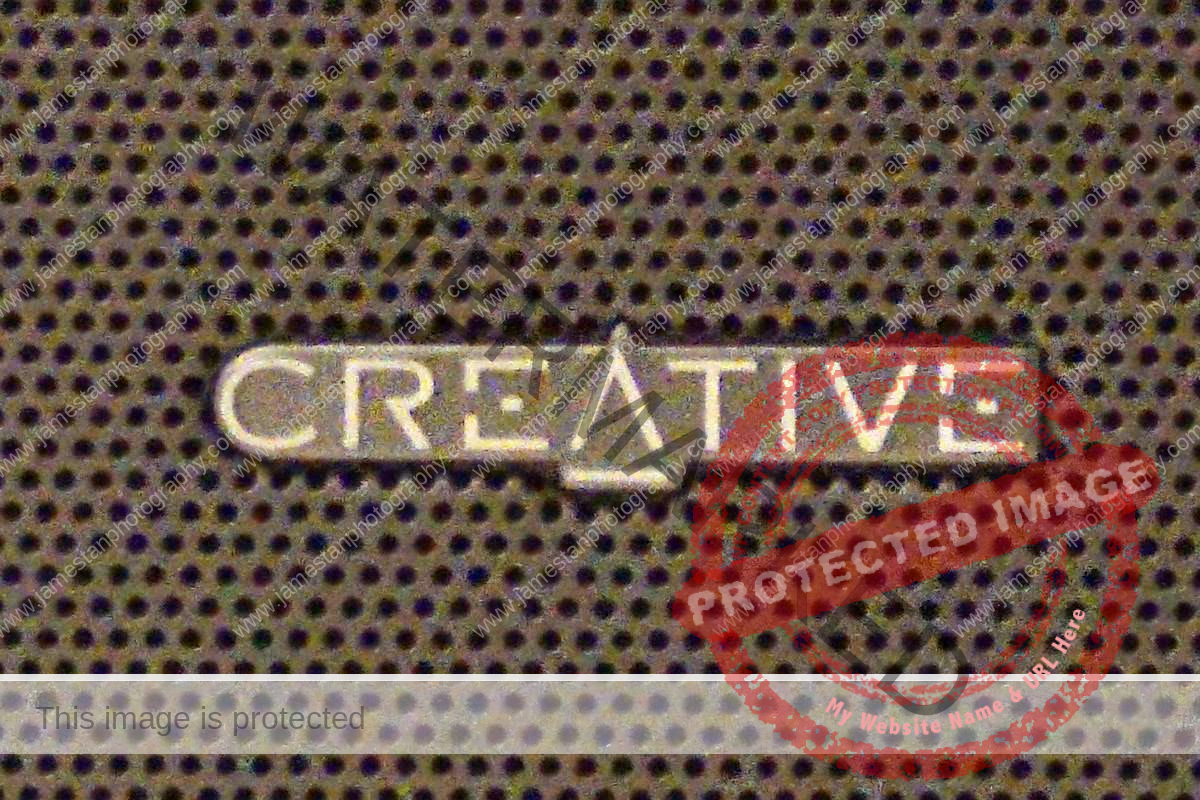
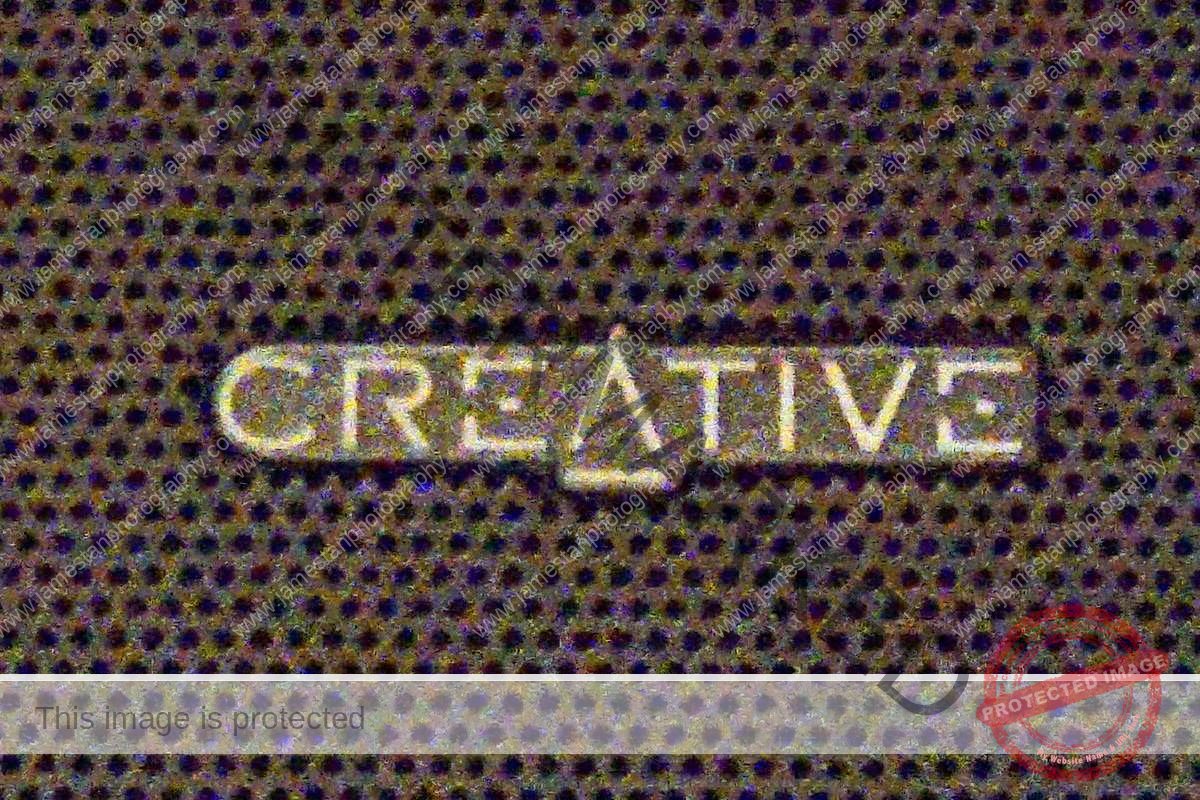
The multi-frame noise reduction gets the shots done nicely up to ISO 25600. The color noises are lesser than the RAW (no noise reduction), but it didn’t outshine the post-processing noise reduction at ISO 51200 and ISO 102400.
Auto ISO Minimum Shutter Speed
Finally, you’re allowed to set the minimum shutter speed in Sony A7RII when using Auto ISO mode. It is in the menu first tab page 5, under ISO AUTO Min.SS.

When you set the maximum ISO and minimum shutter speed, the camera will always raise the ISO to the maximum ISO before it slows down the shutter speed. In other words, the shutter speed might be slower than your desired minimum shutter speed if the light condition is too bad.
Battery Life
The Sony A7R II has similar battery life as other mirrorless cameras, nothing surprising here. With mix-usage of EVF and LCD screen, a fully-charged battery can last for 290 – 340 shots. It uses the same battery model (NP-FW50) as other E-mount series cameras. Therefore, you may already own a few extra batteries as a backup.
Sample Shots
I take the following shots with the Sony A7R II and post-process them in Capture One Pro 9 with minor adjustments.














Bottom Line
The less vibration/silent shutter, faster AF performance, and better high ISO performance give the Sony A7R II more pleasant shooting experiences than using the Sony A7 II. The battery life is on average, with an average of 300+ shots. The more annoying issue is the memory card was filled up much faster by shooting raw with the 42 MP sensor (it would be filled up much quicker if shooting in uncompressed RAW). 200 shots of compressed RAW files will take up 9+ GB of space, so that you will need extra memory cards (16GB) or use larger capacity cards (64 GB or 128 GB).
That’s all for the Sony A7R II review. I hope you enjoy it and happy shooting. Cheers!

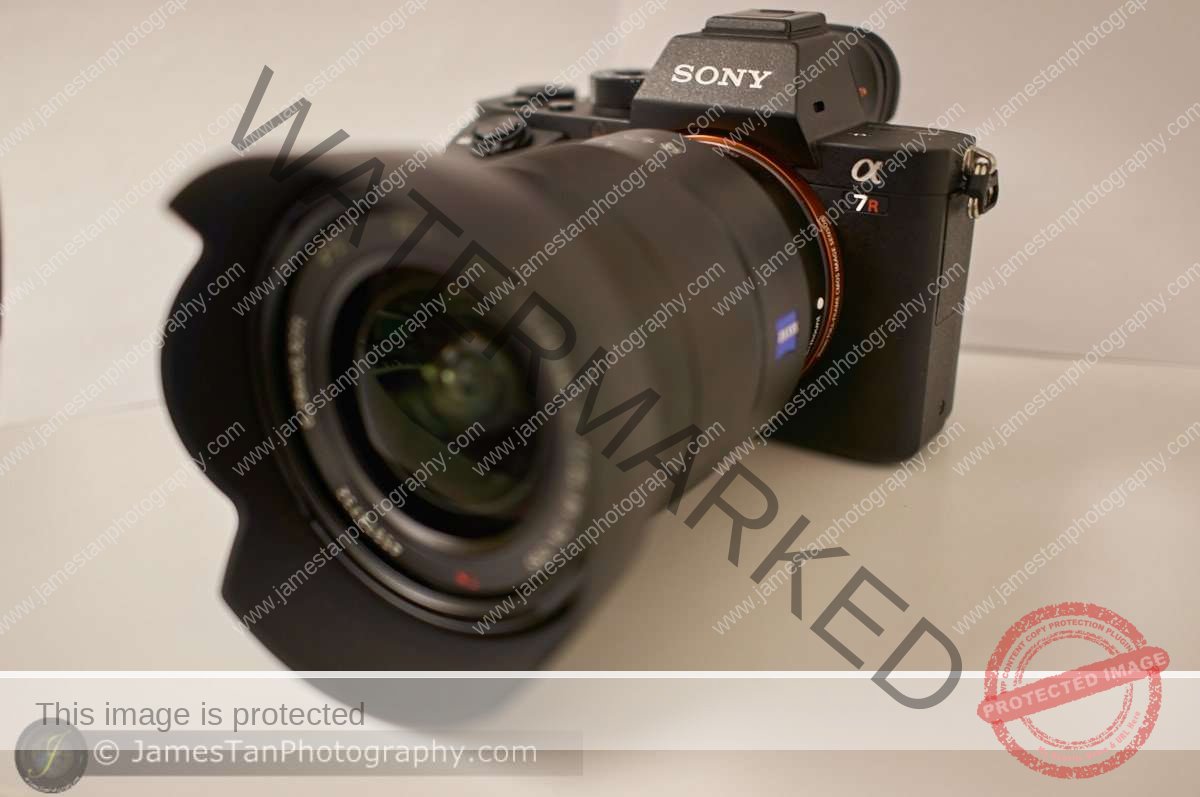


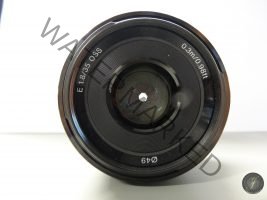
Kim Soo Hyun
14 Jan 2016Wow! your pictures are really well taken!